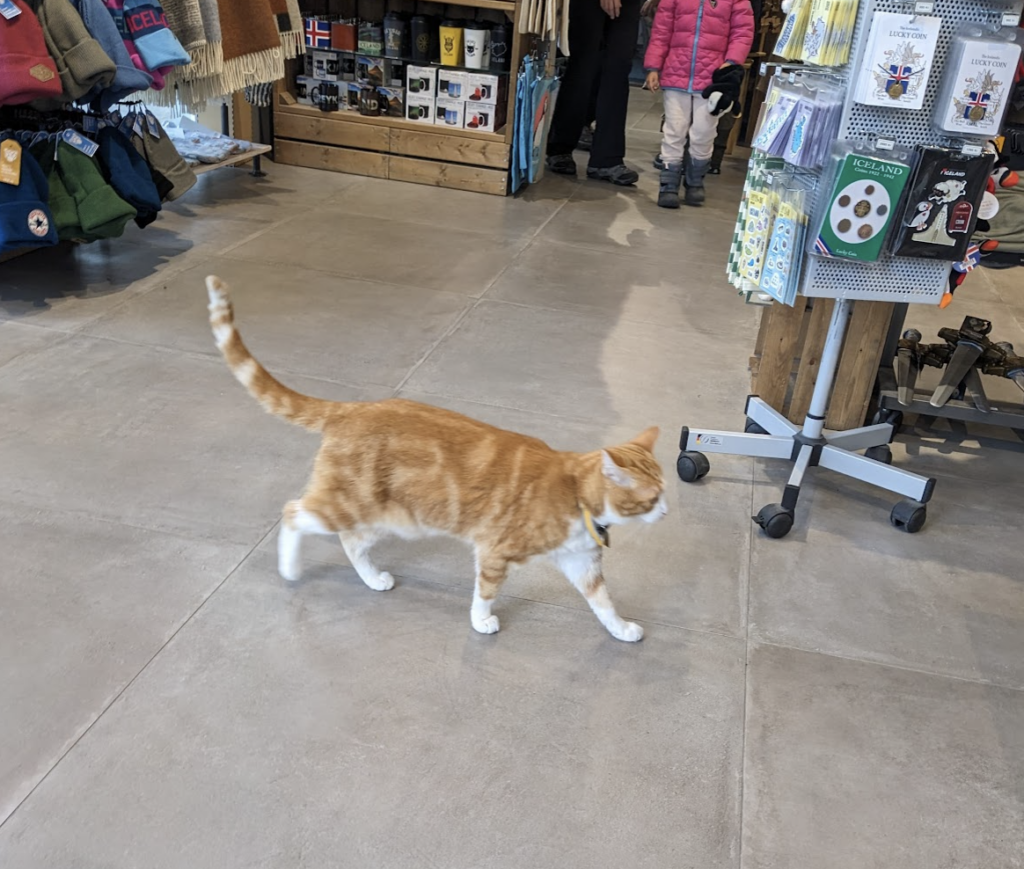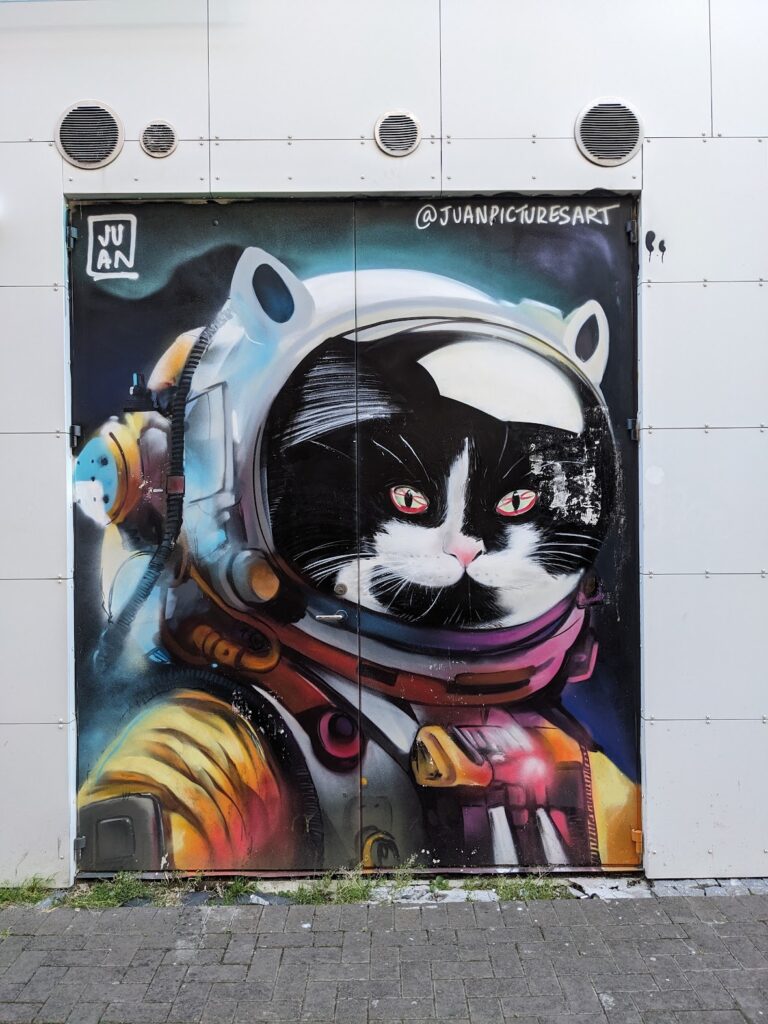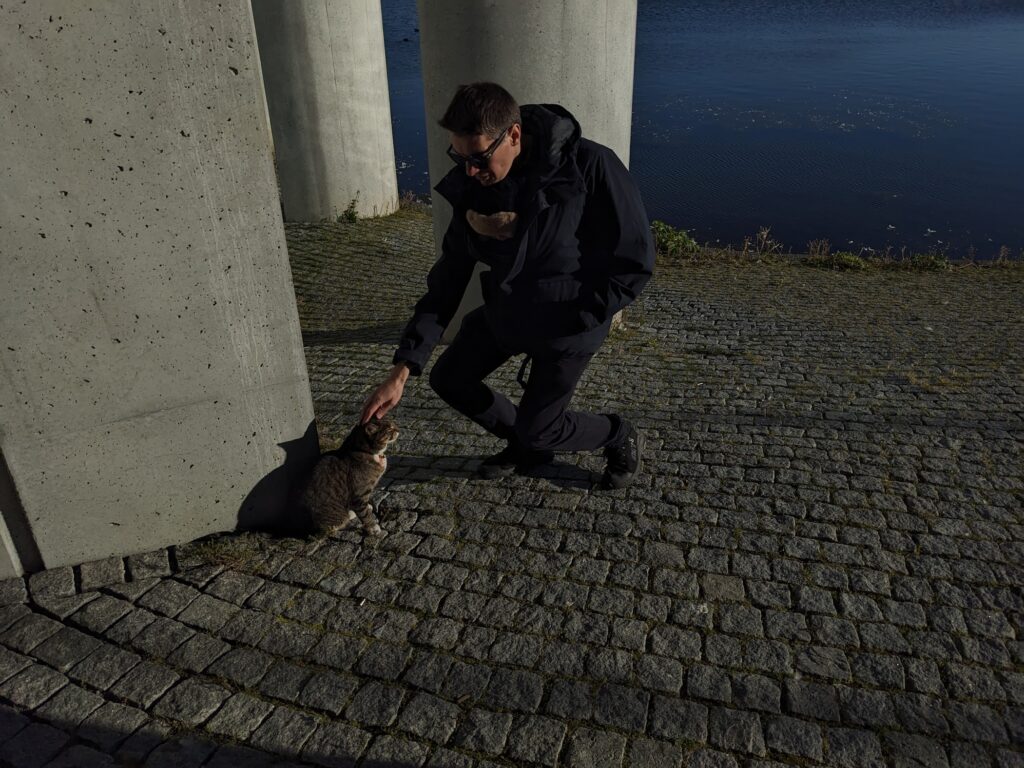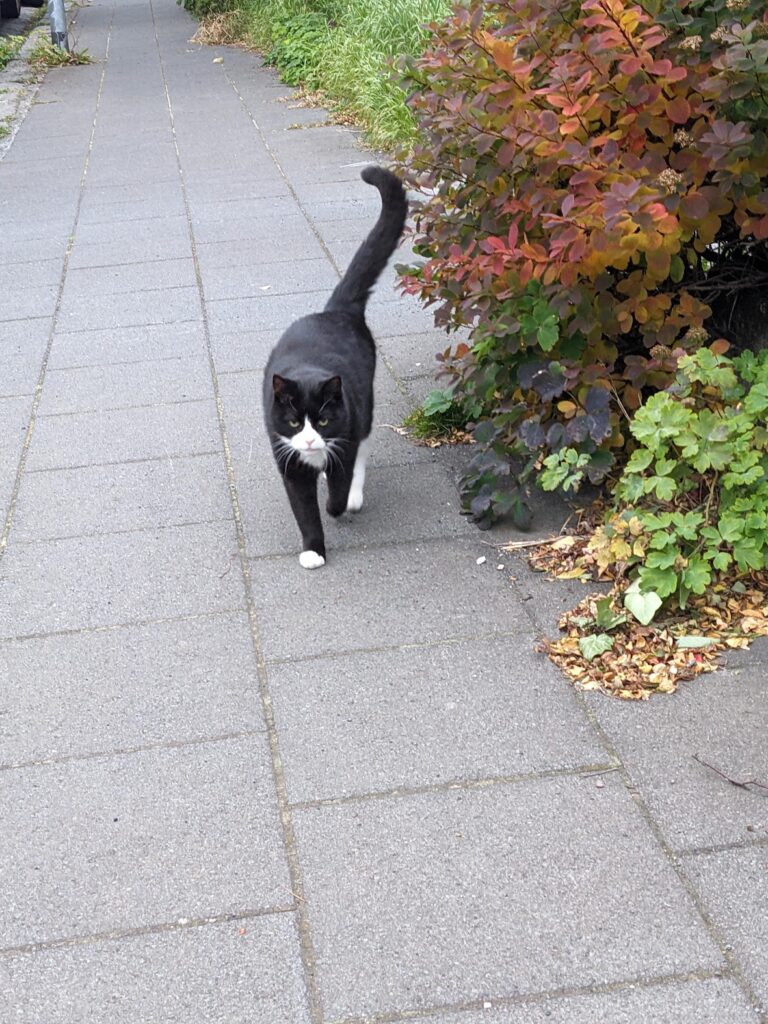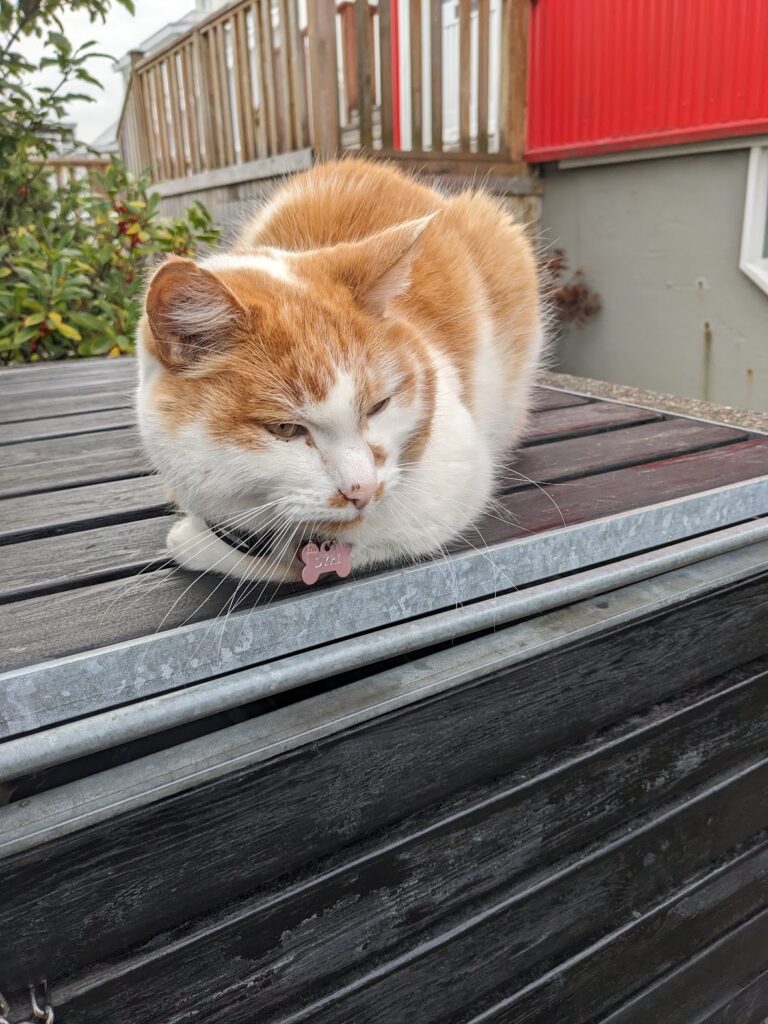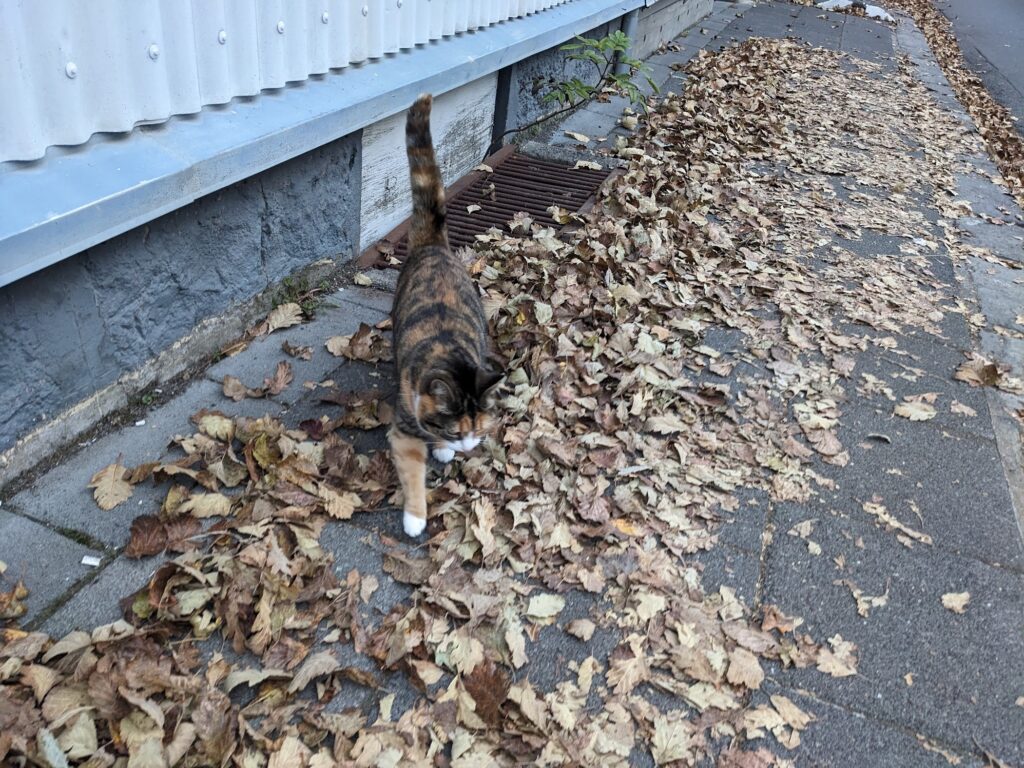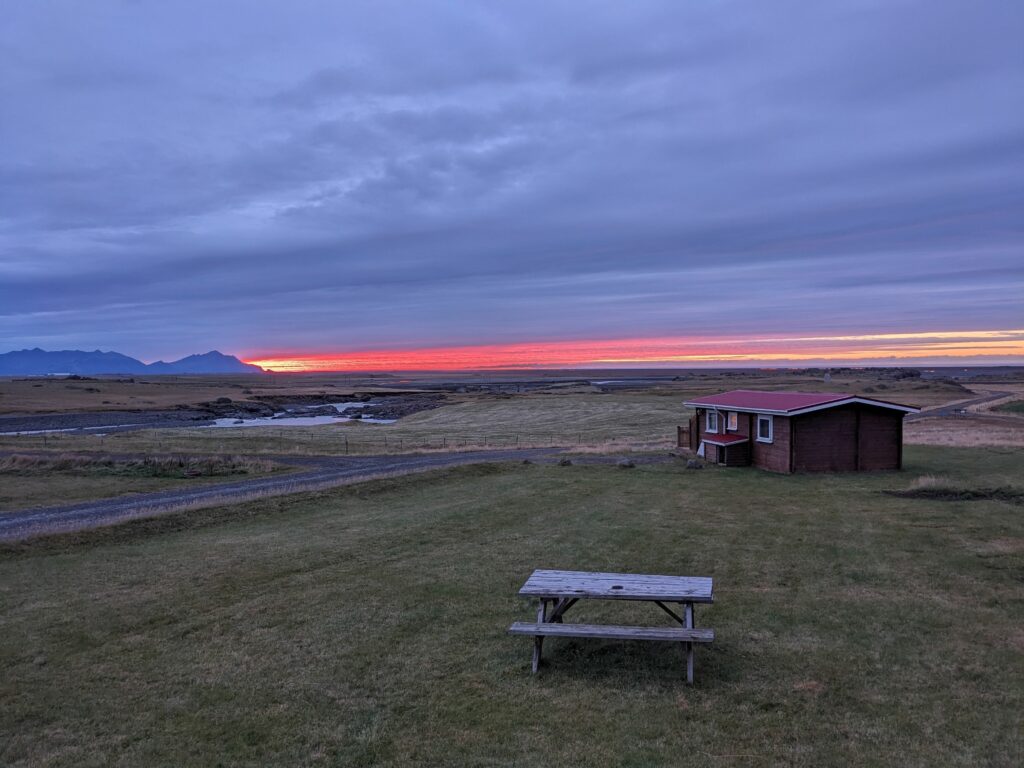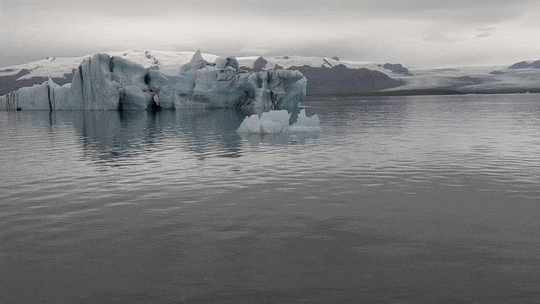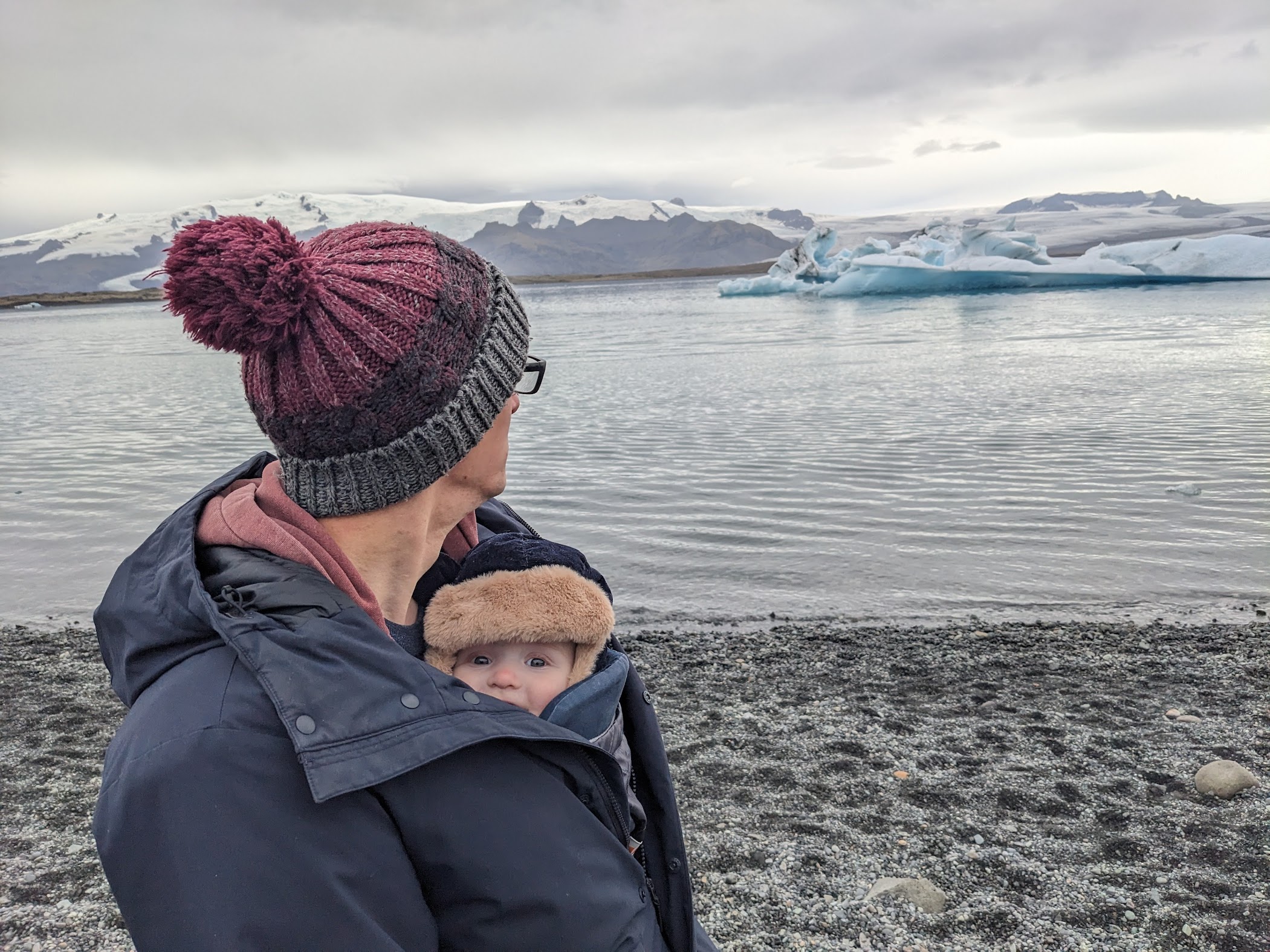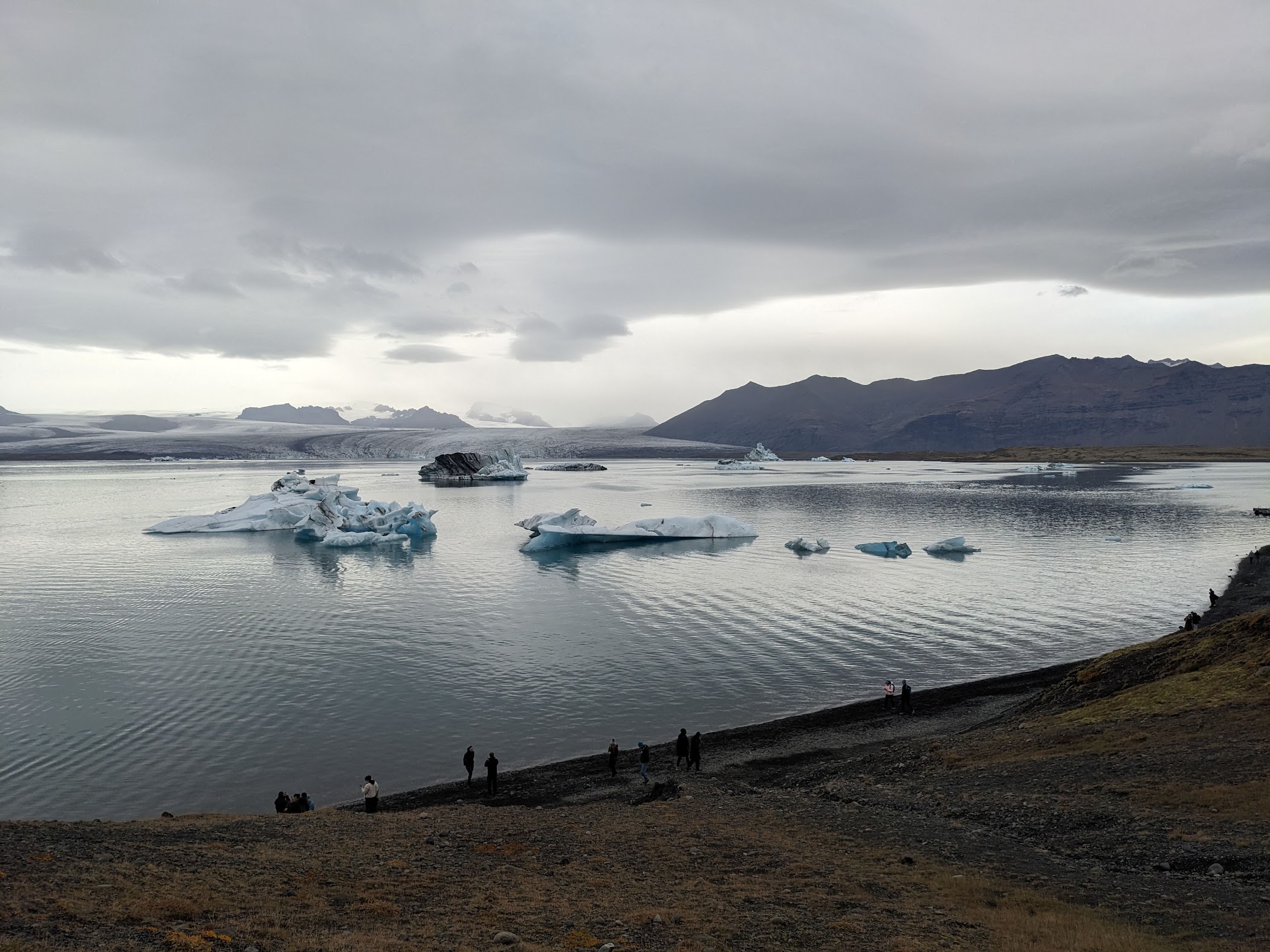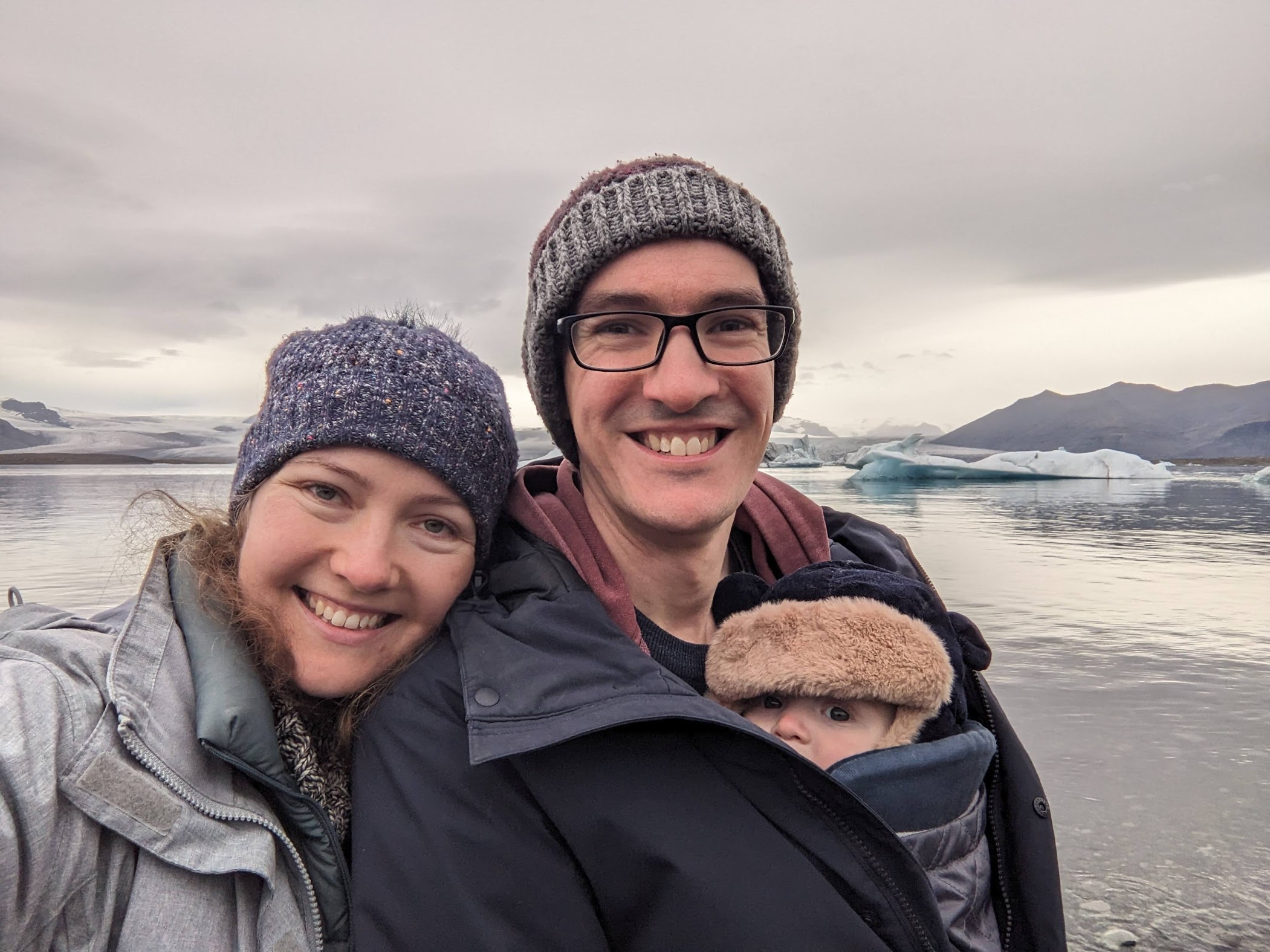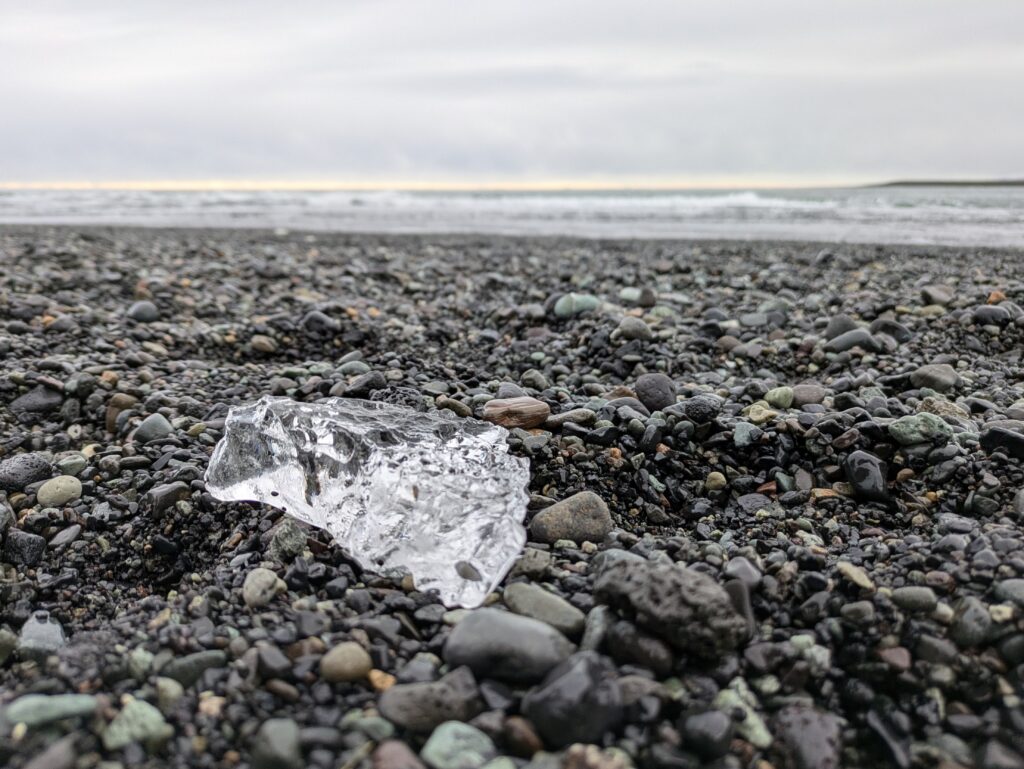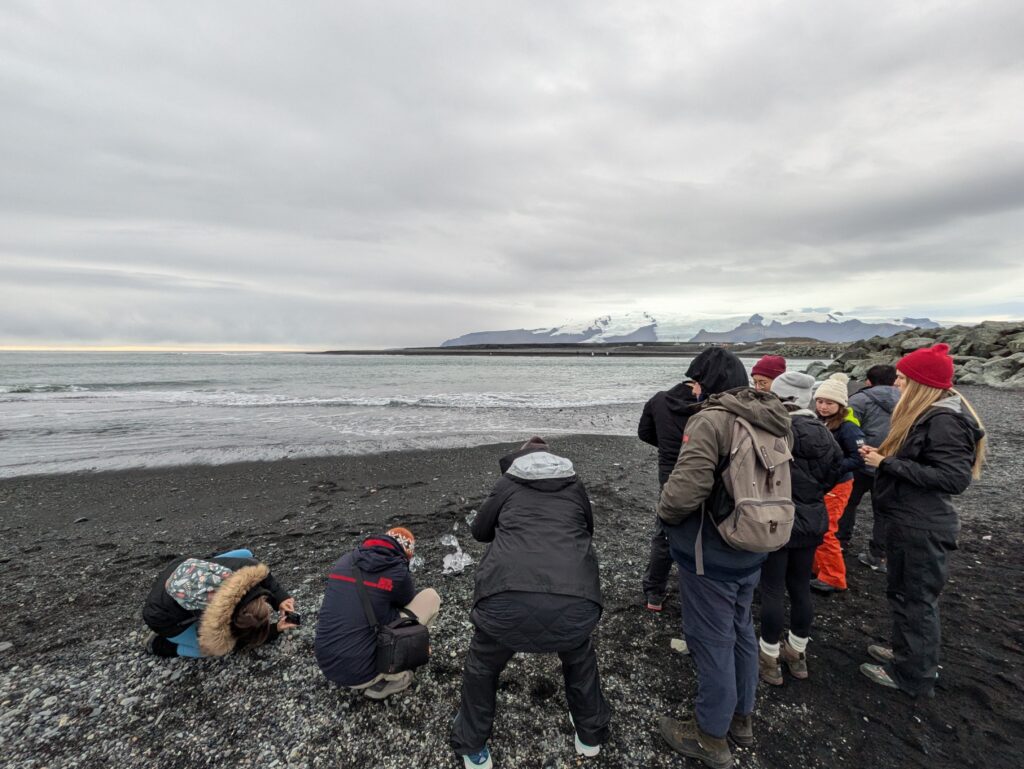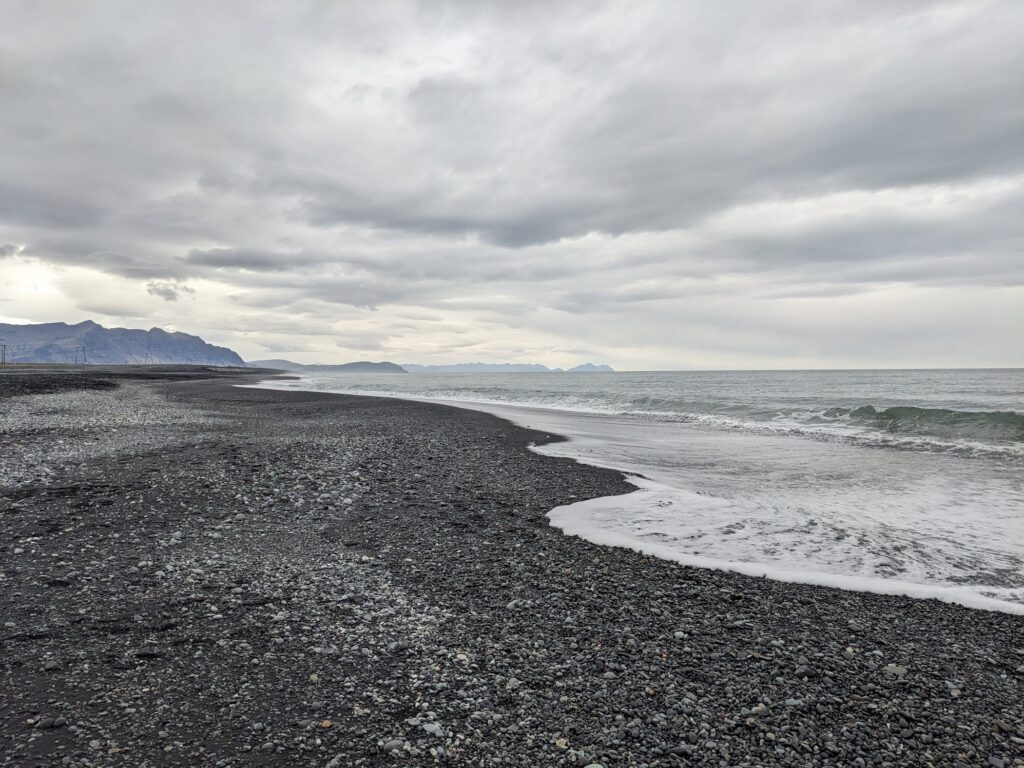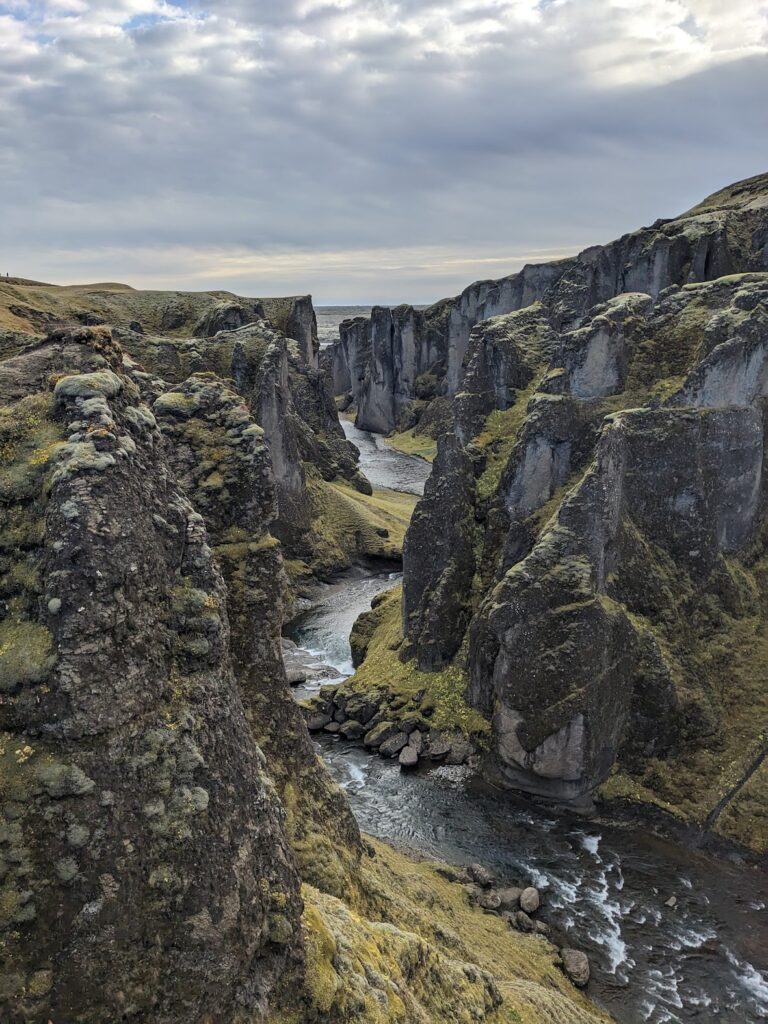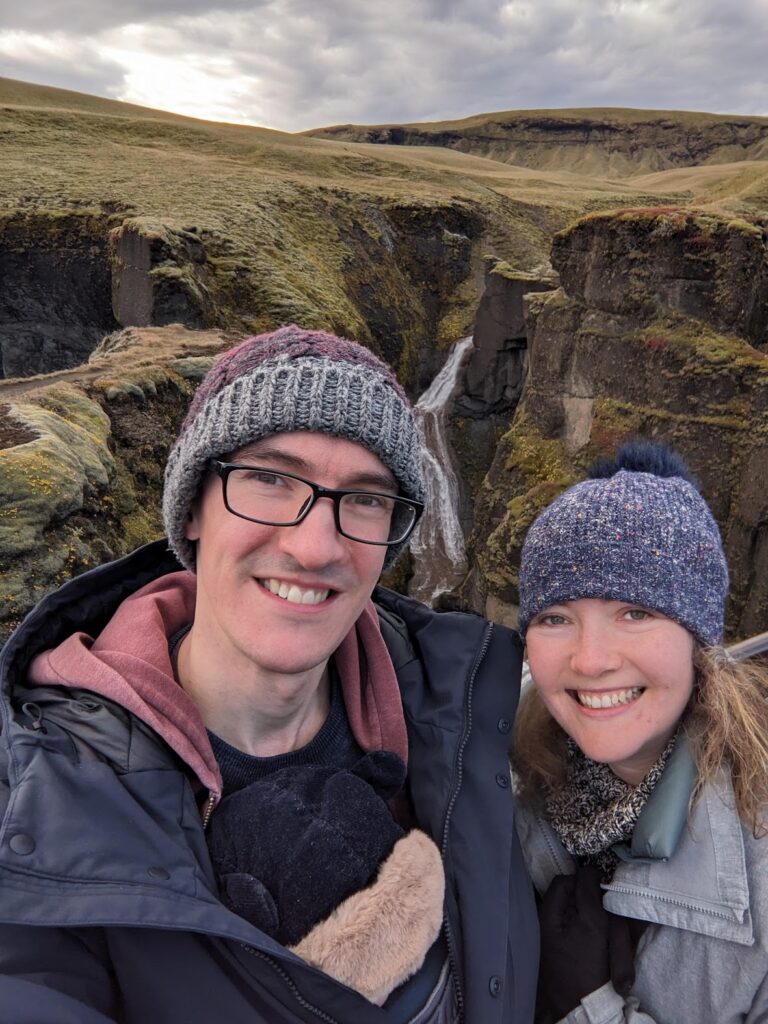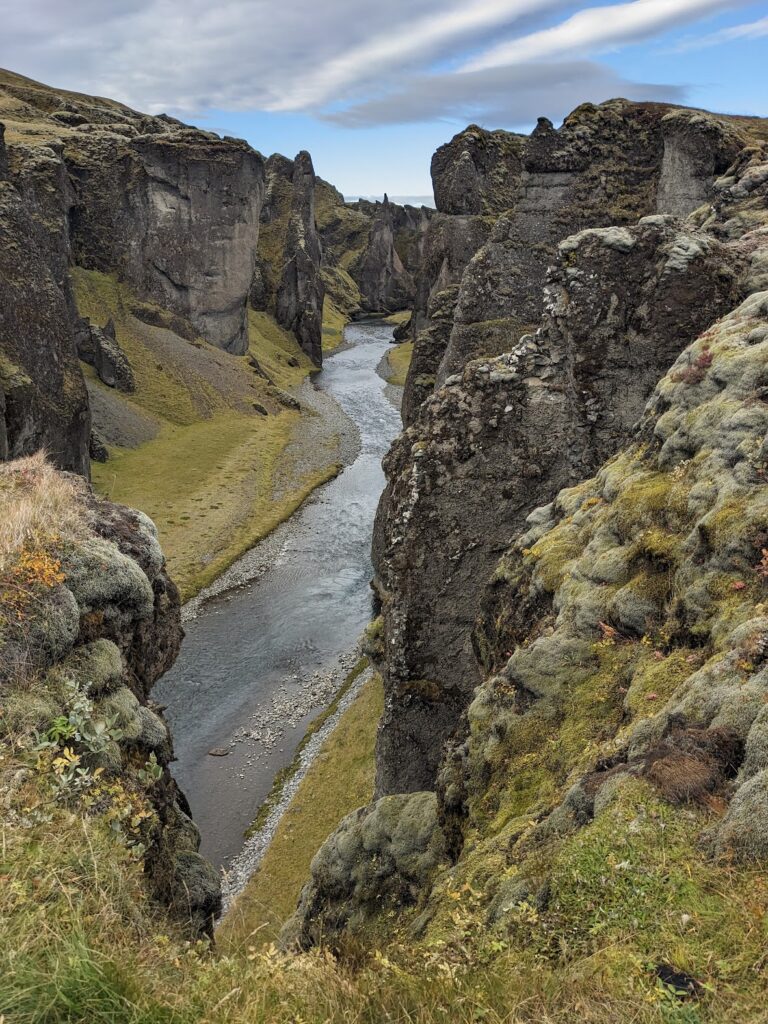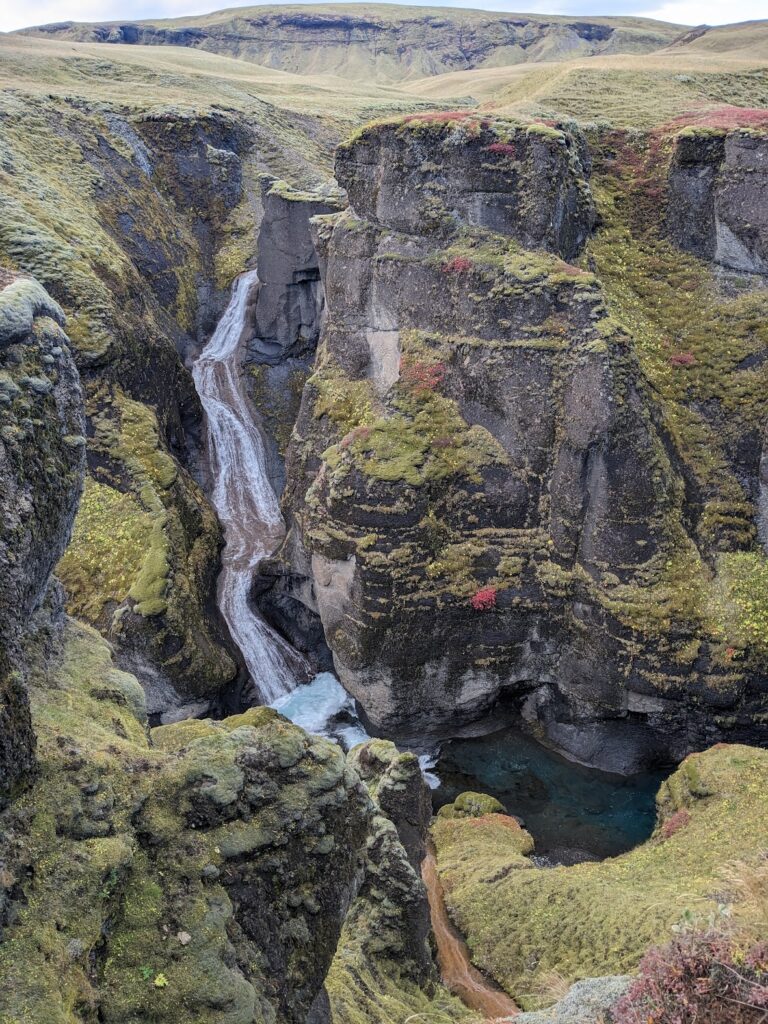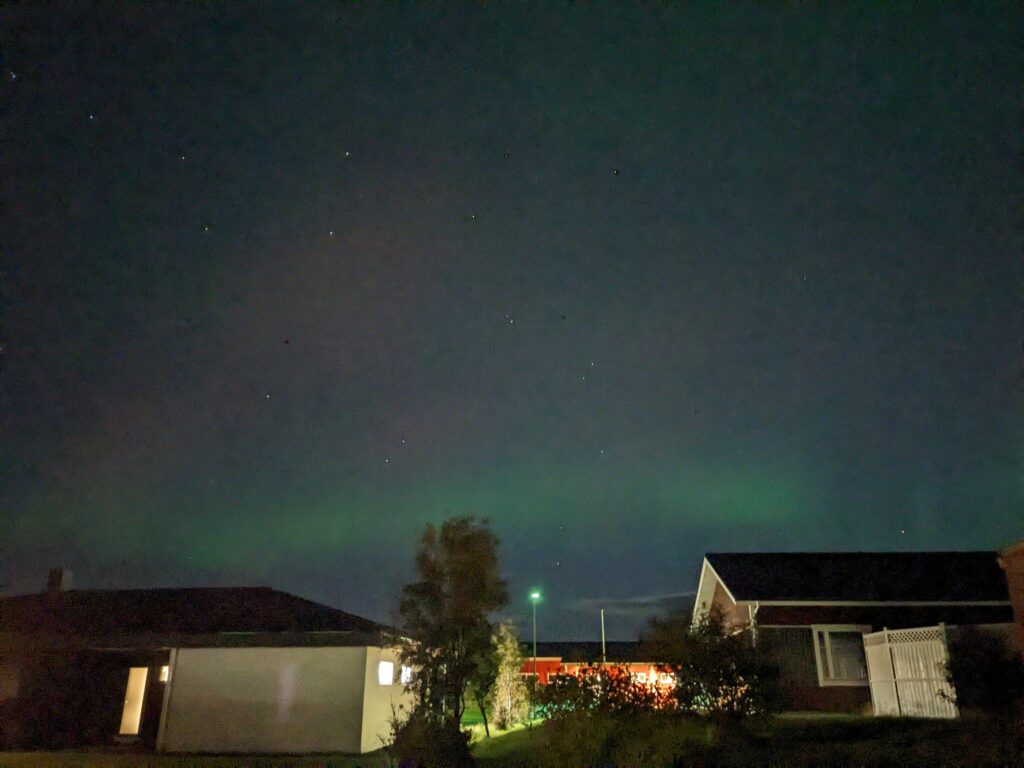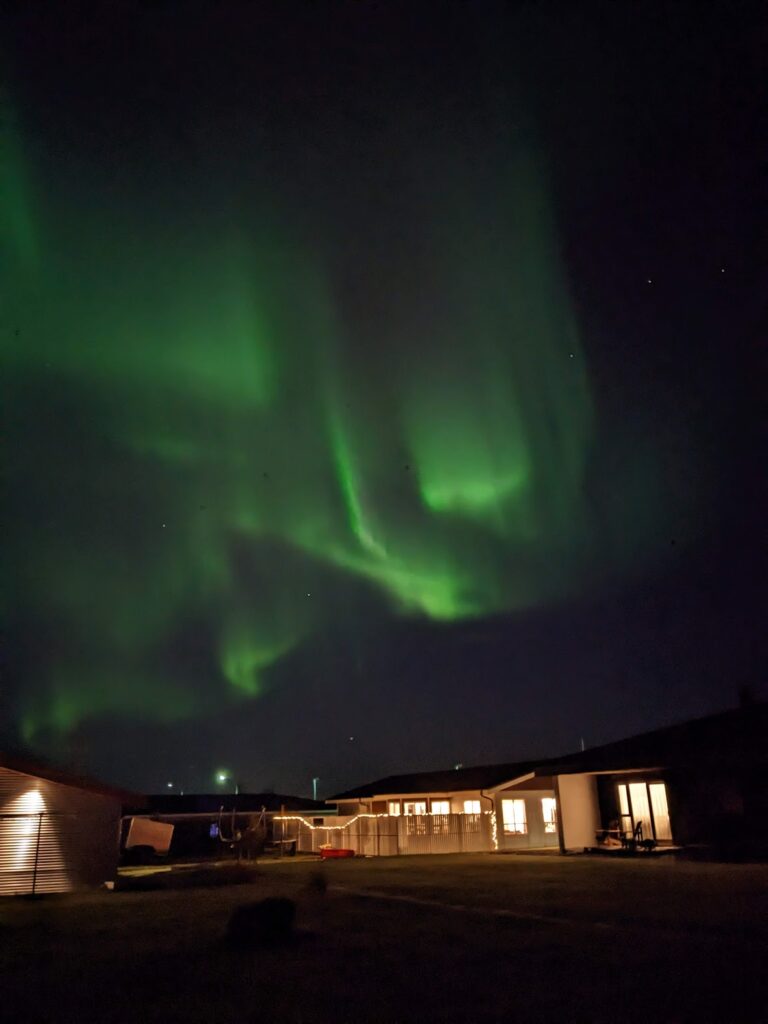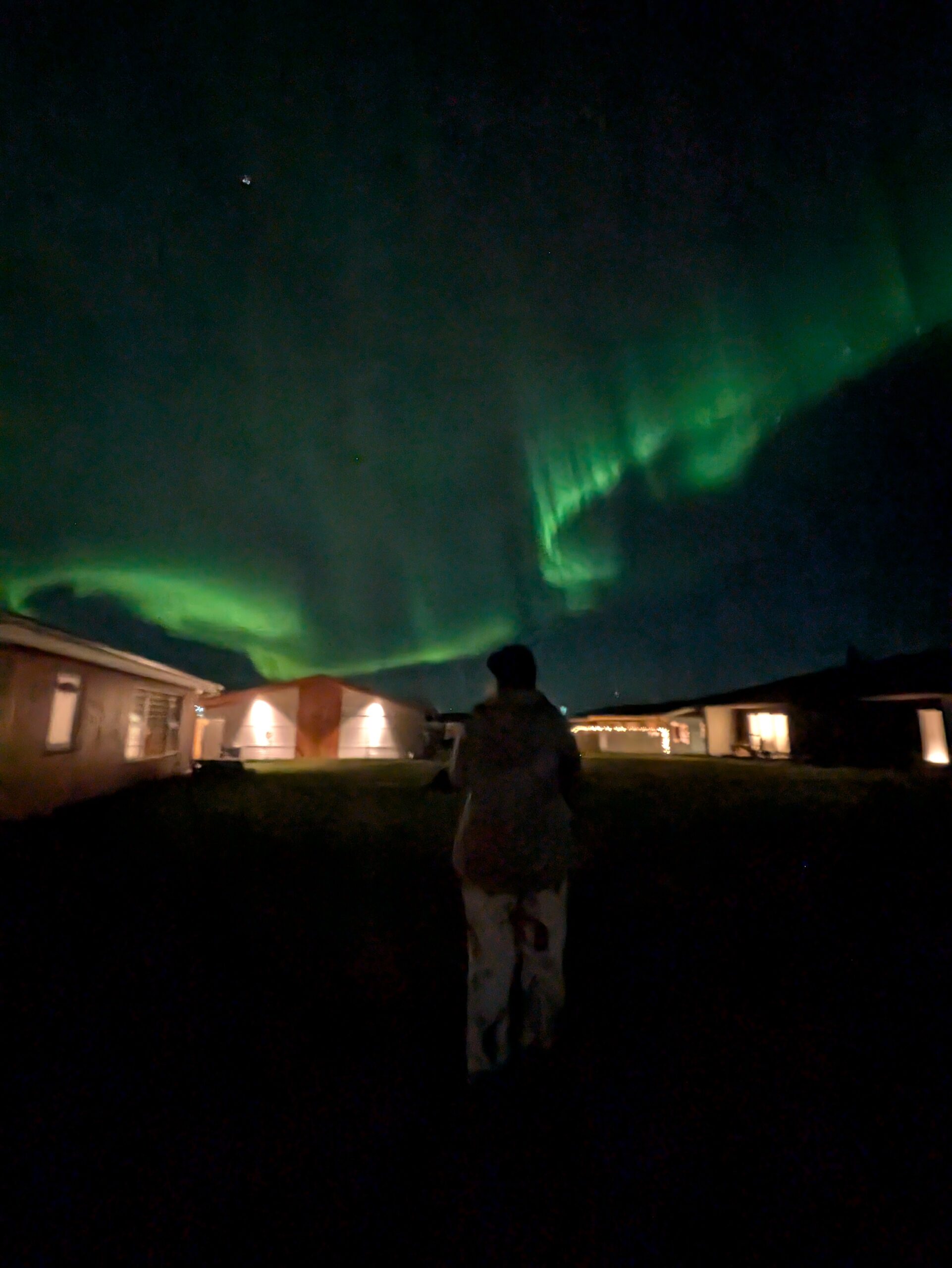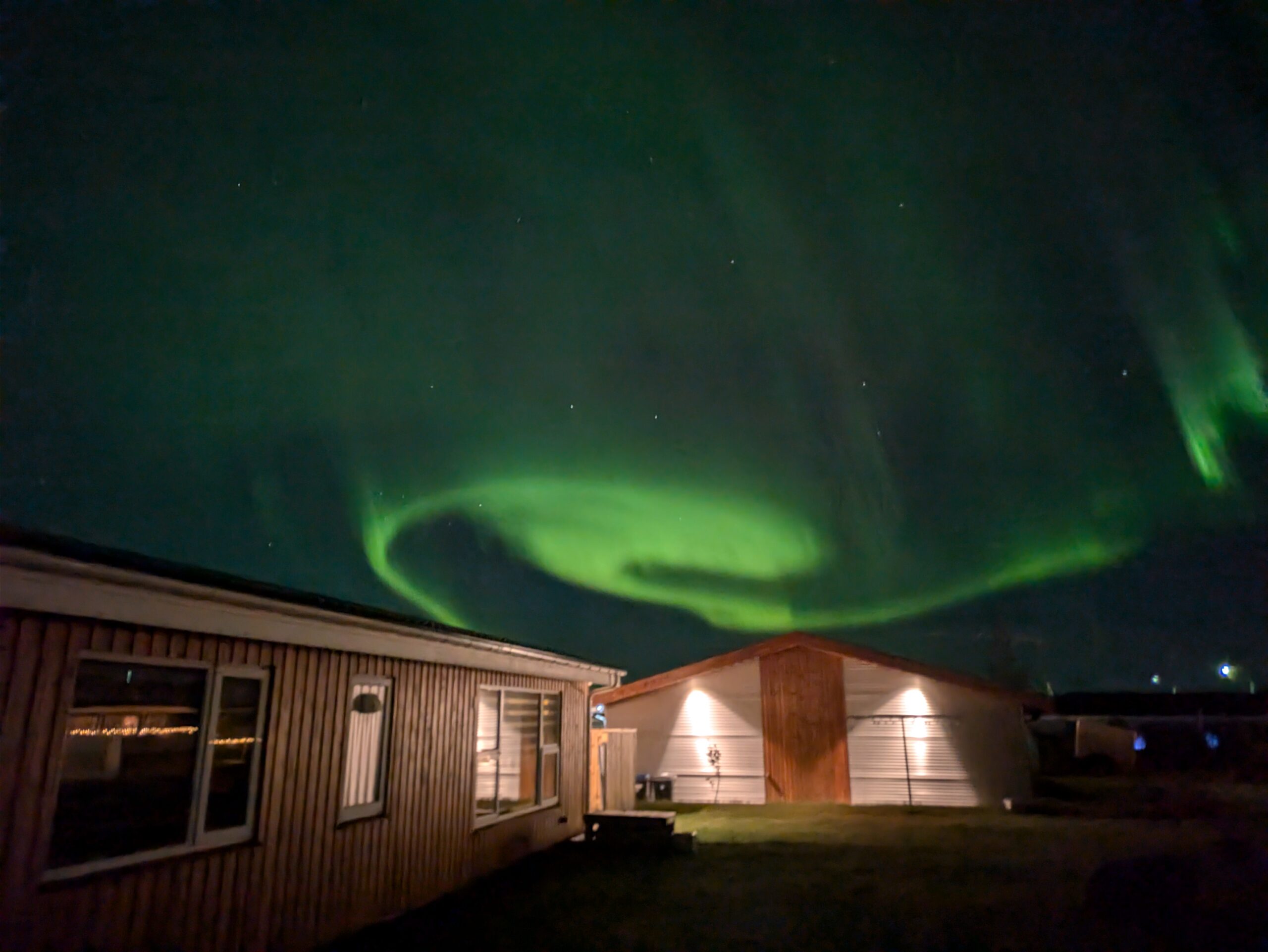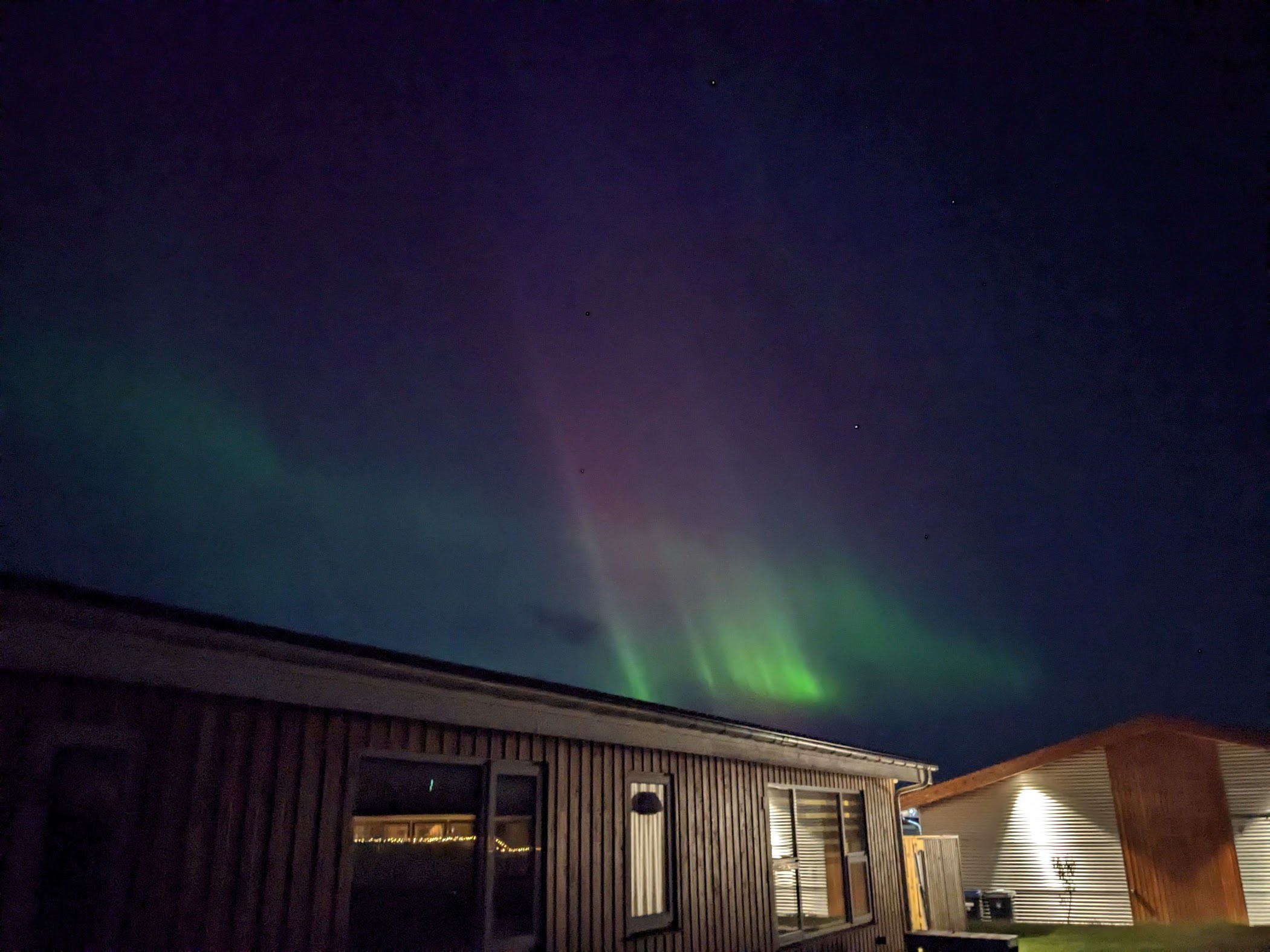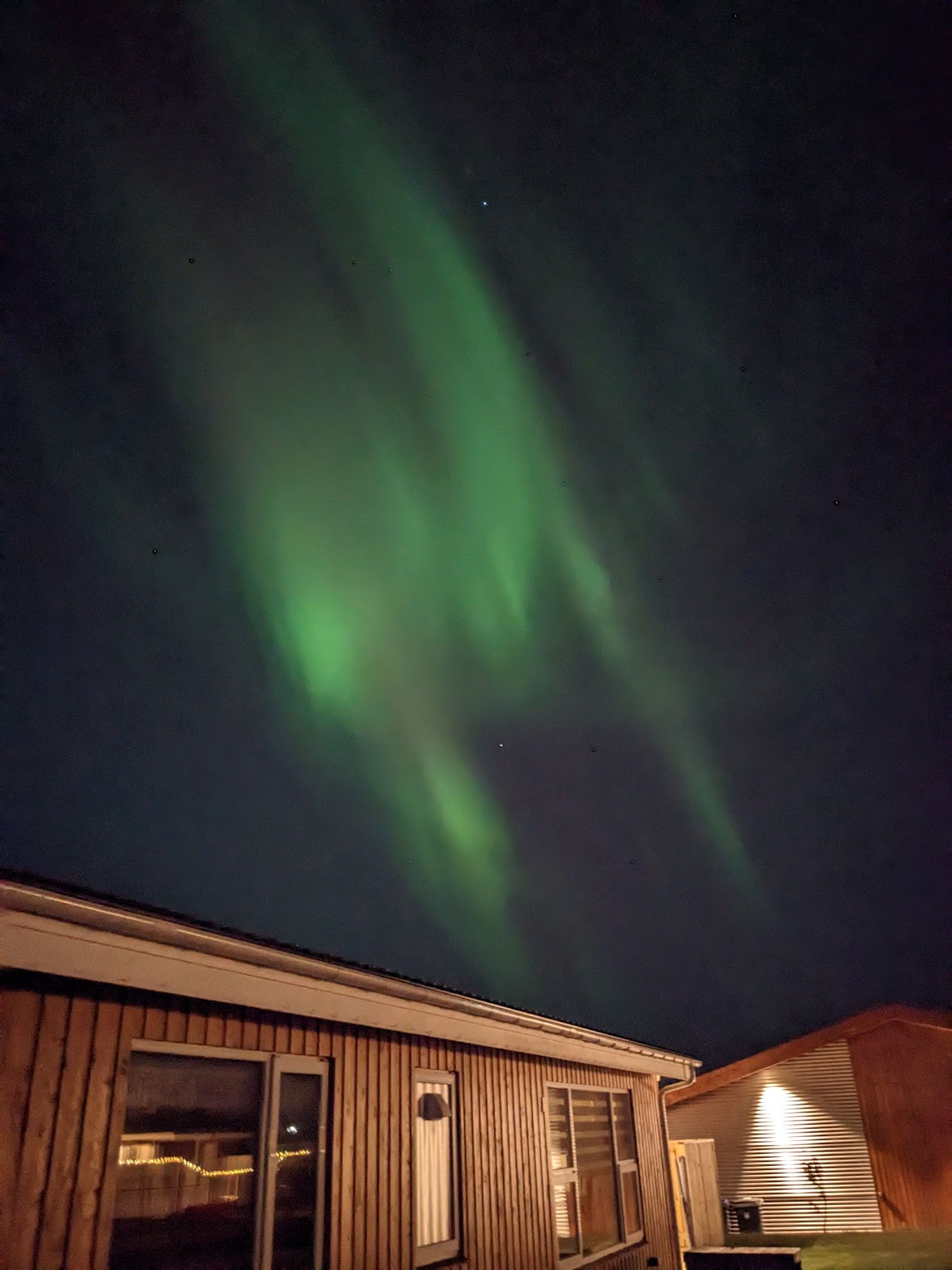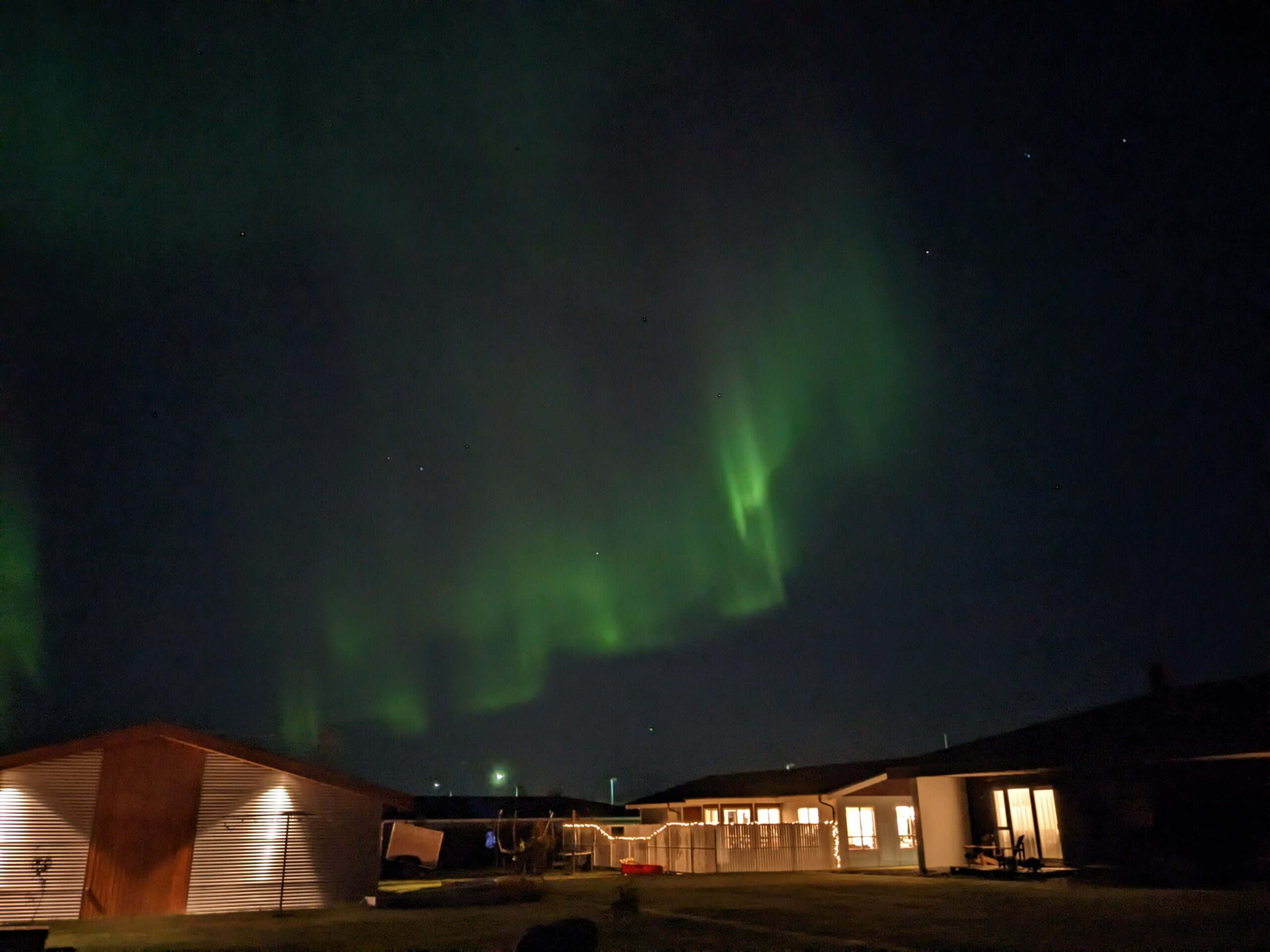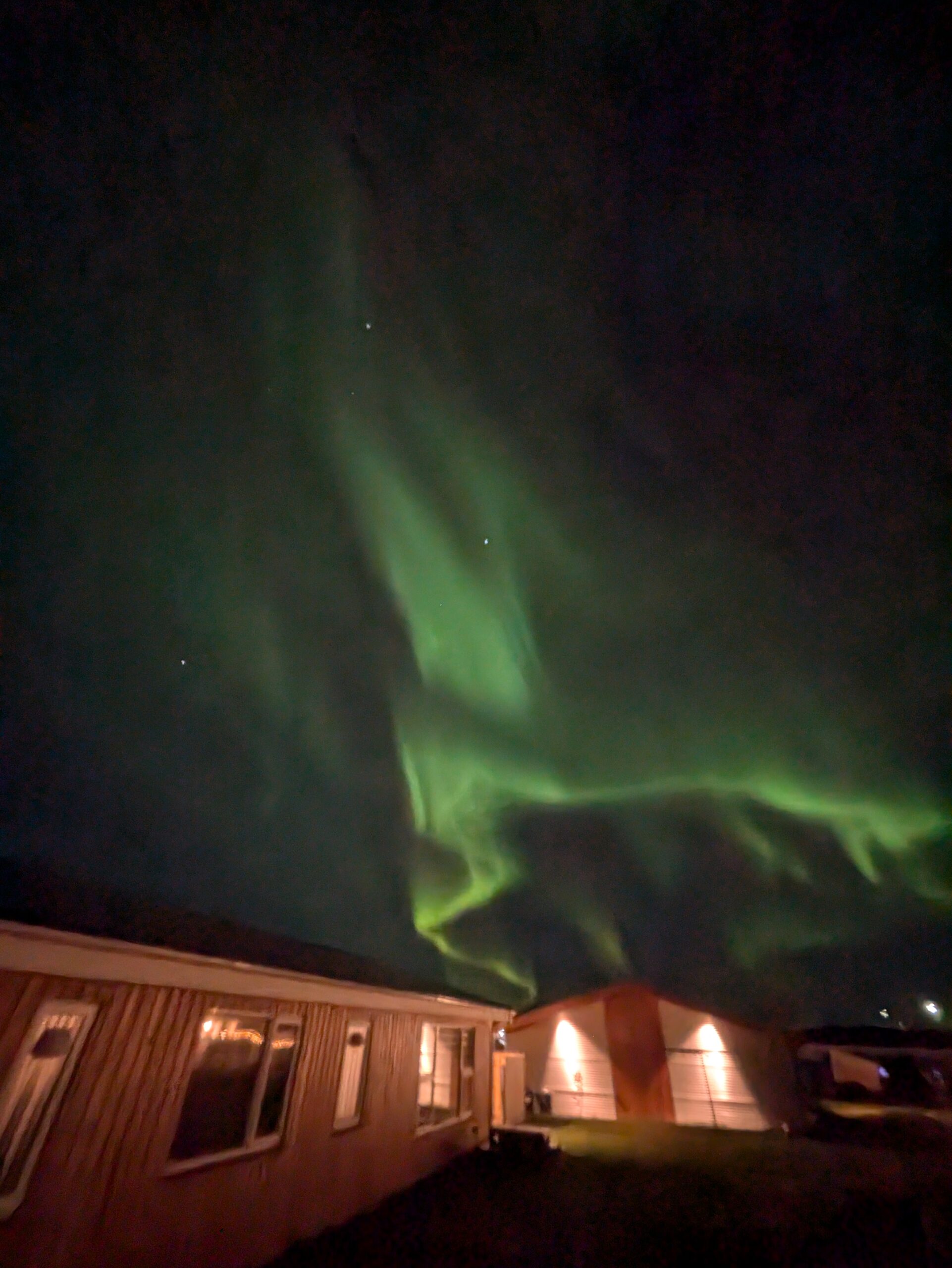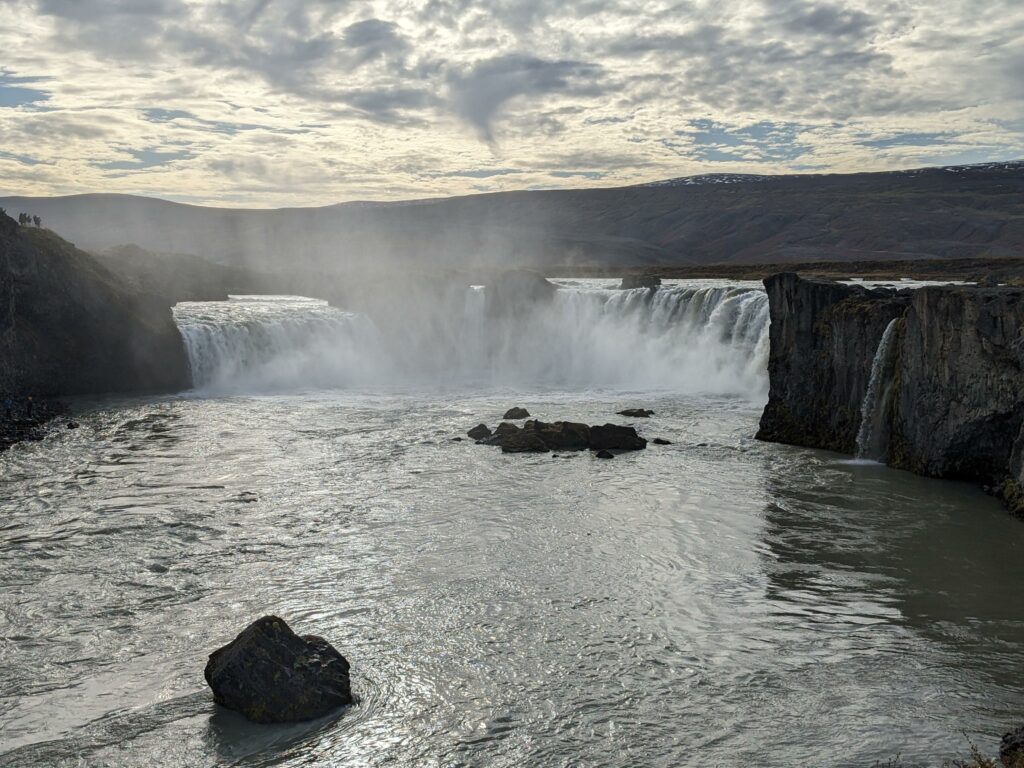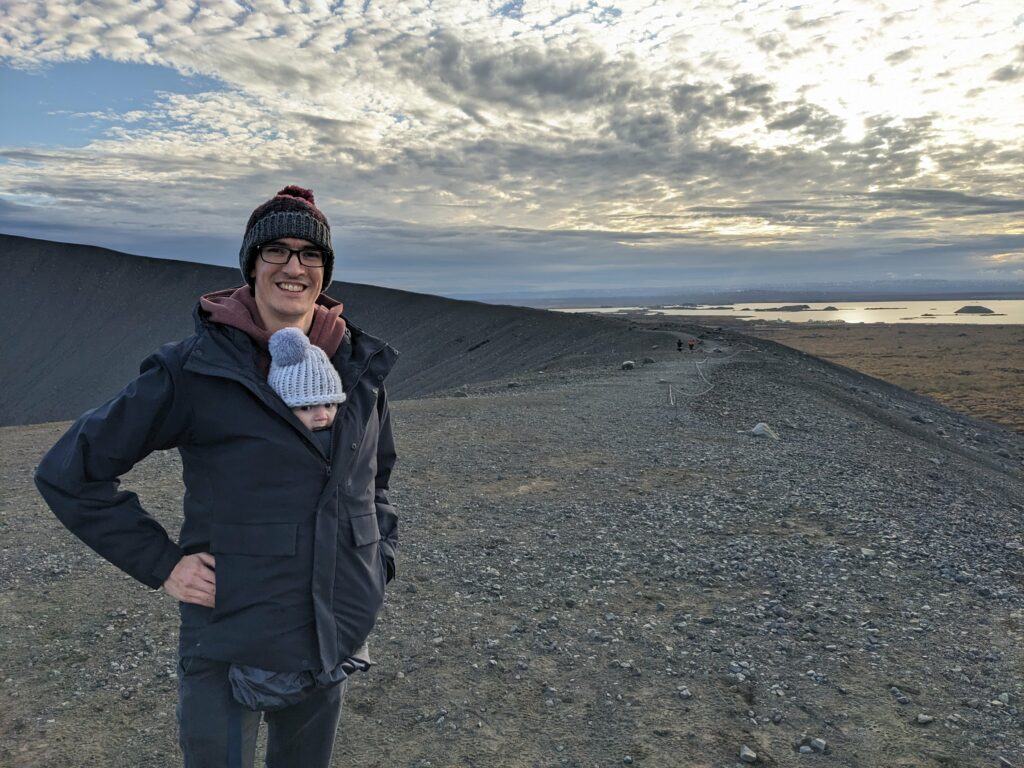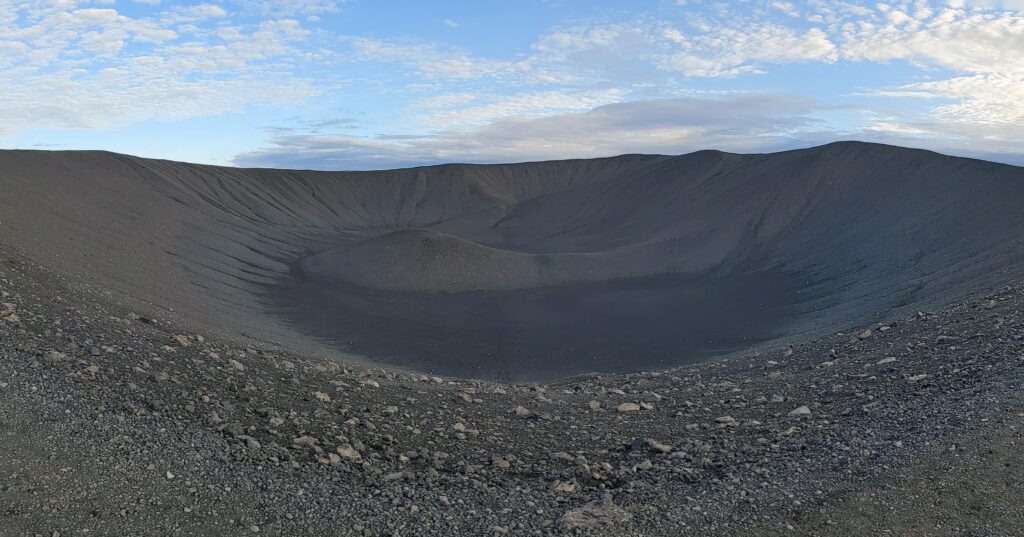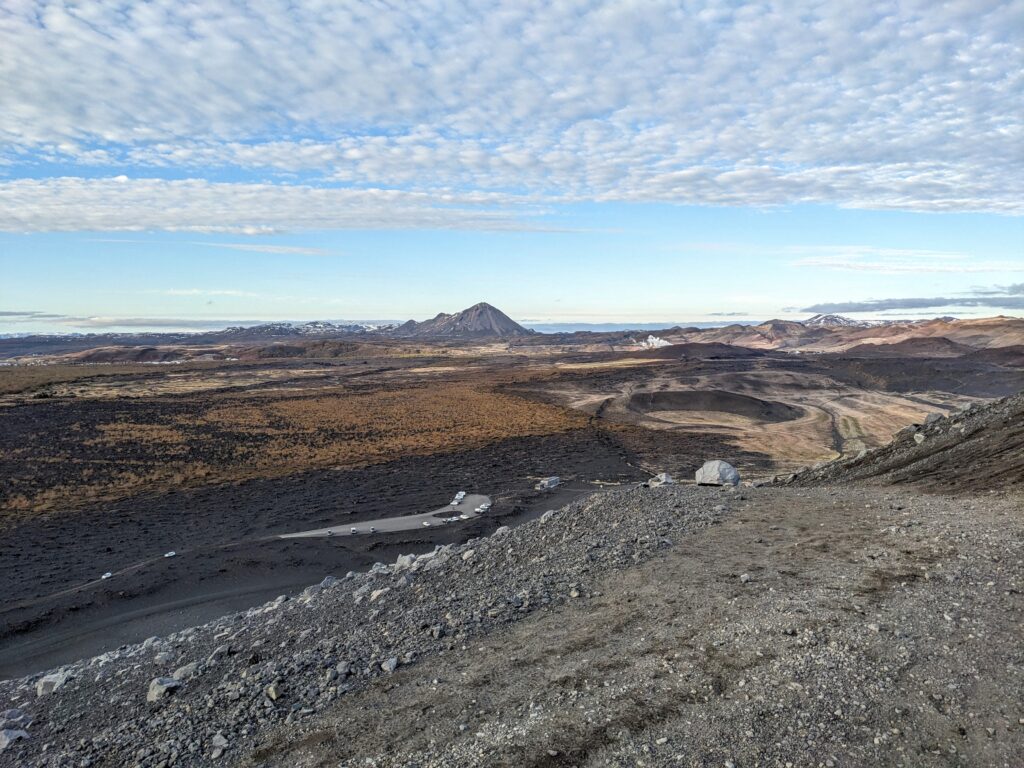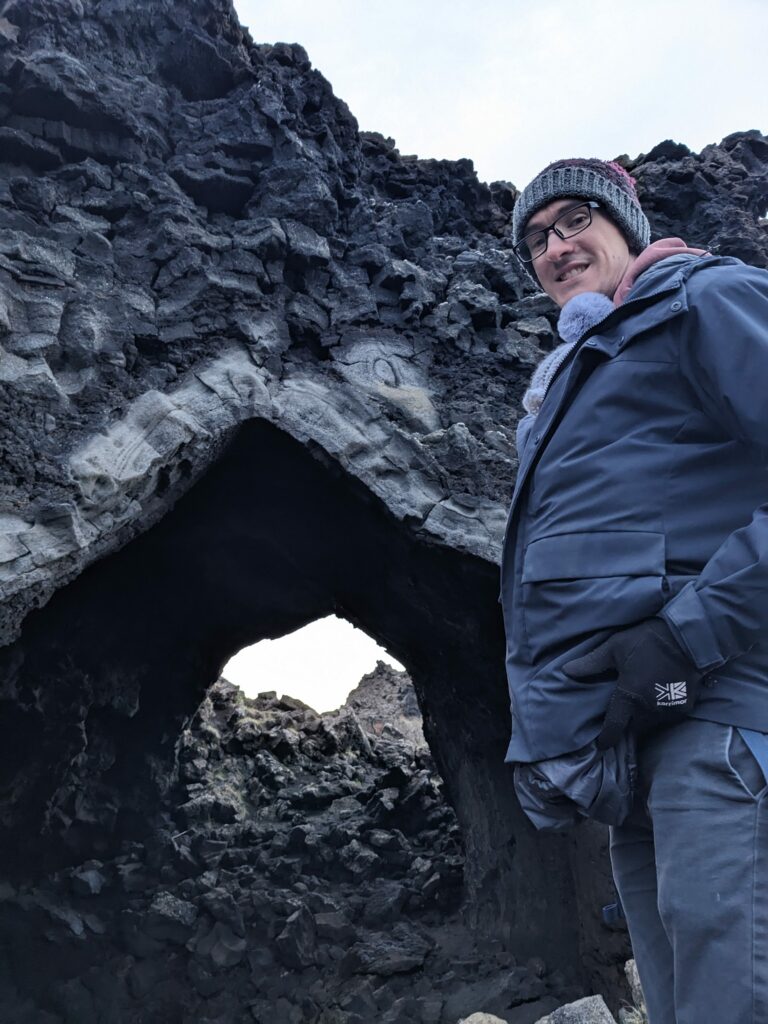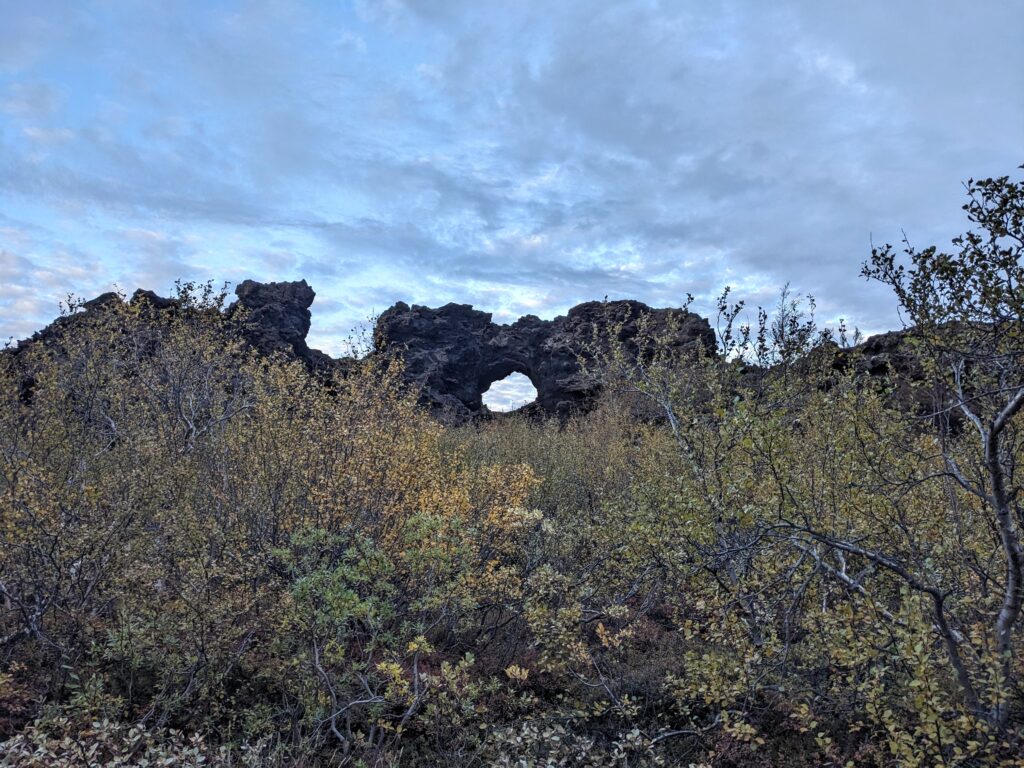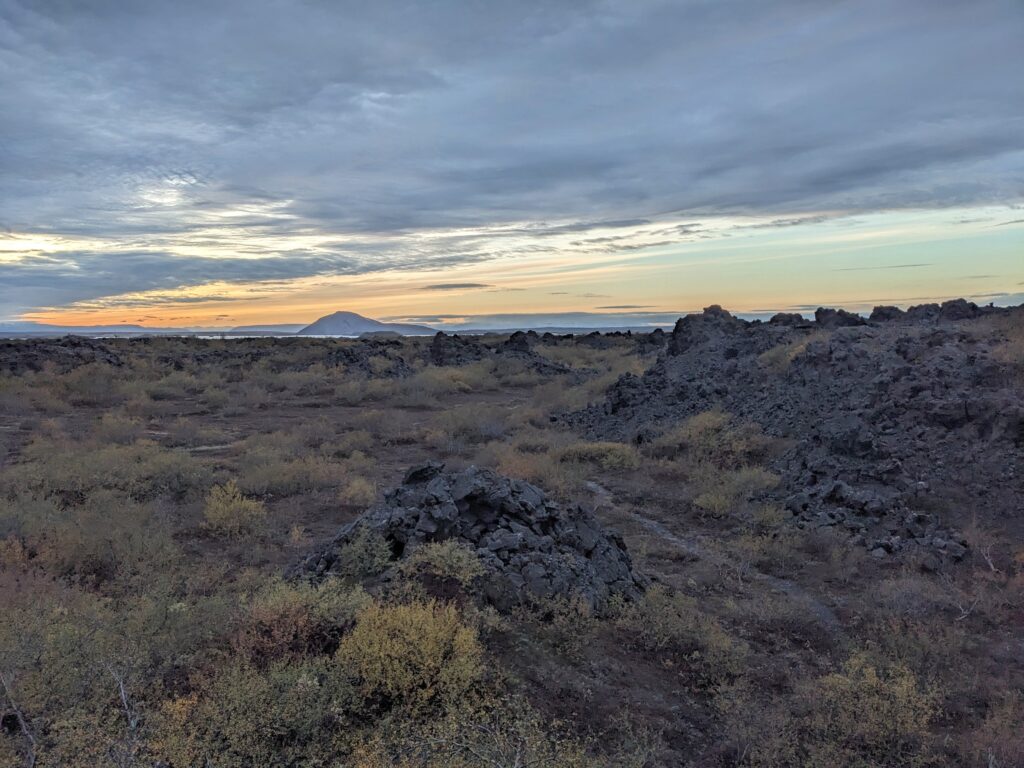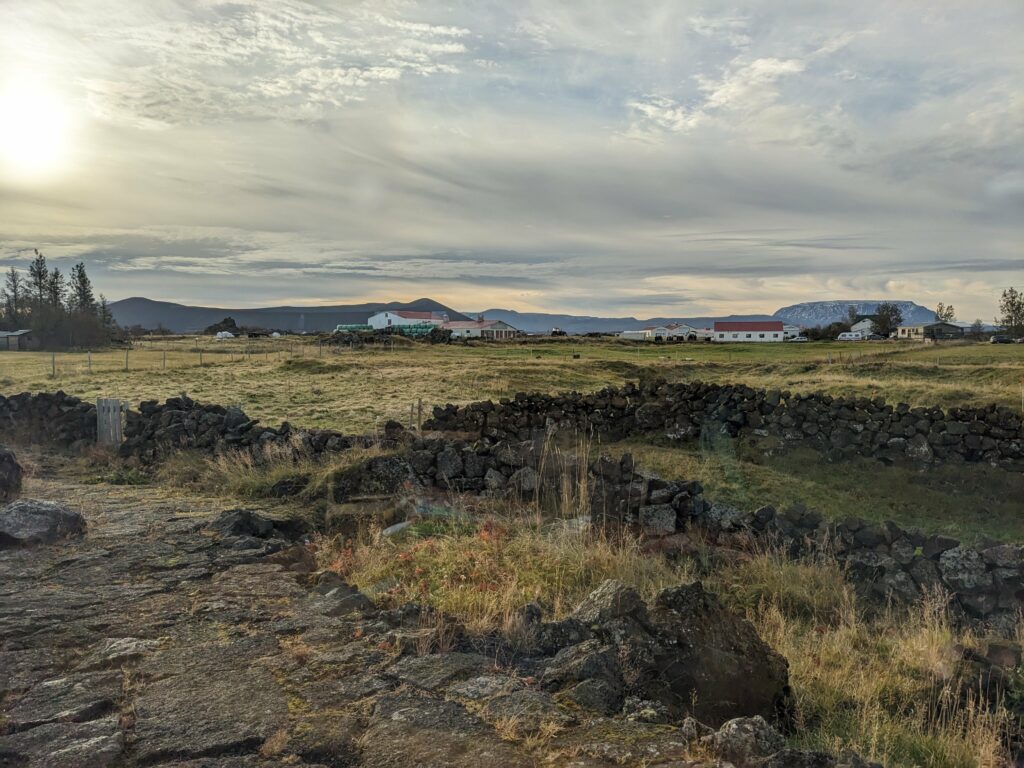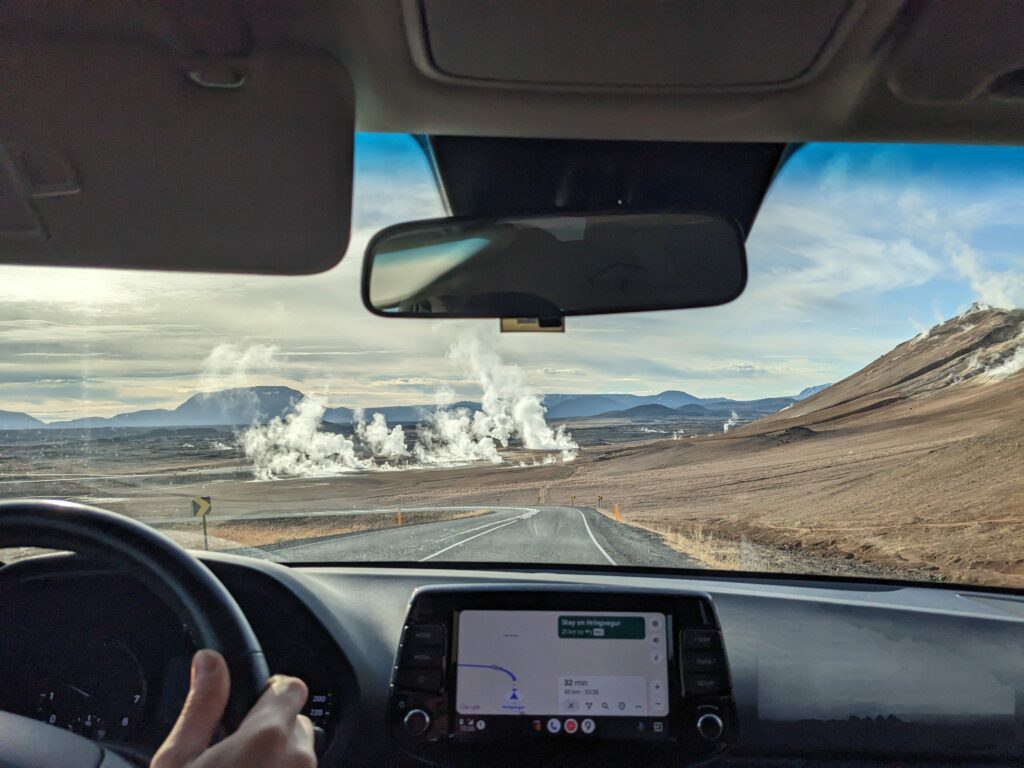We started and ended our two-week trip with a few days in Reykjavík, giving us 10 days to circumnavigate Iceland via its ring road. In total, we drove 2,545 km (!), starting with a visit to the lava fields surrounding the Snæfellsjökull volcano. We then soaked up the fishing history of Tröllaskagi, before climbing the Hverfjall volcano on the shore of Lake Mývatn. Our road trip continued around the remote, wild and empty landscape of the Eastfjords and the collosal Vatnajökull glacier to end up beneath the spectacular waterfalls and eerie plane wreck of the south coast. We were blown away by both the natural beauty and sheer diversity of Iceland’s landscapes, and we didn’t even venture into the country’s mountainous interior.
Carbon ✈️ 🚗
In total, our flights and hire car were responsible for 2,367 kgCO2e. As with our last trip, we’ve offset these emissions through Gold Standard. In this case, our carbon offsets went towards the development of a wind farm in western Turkey.
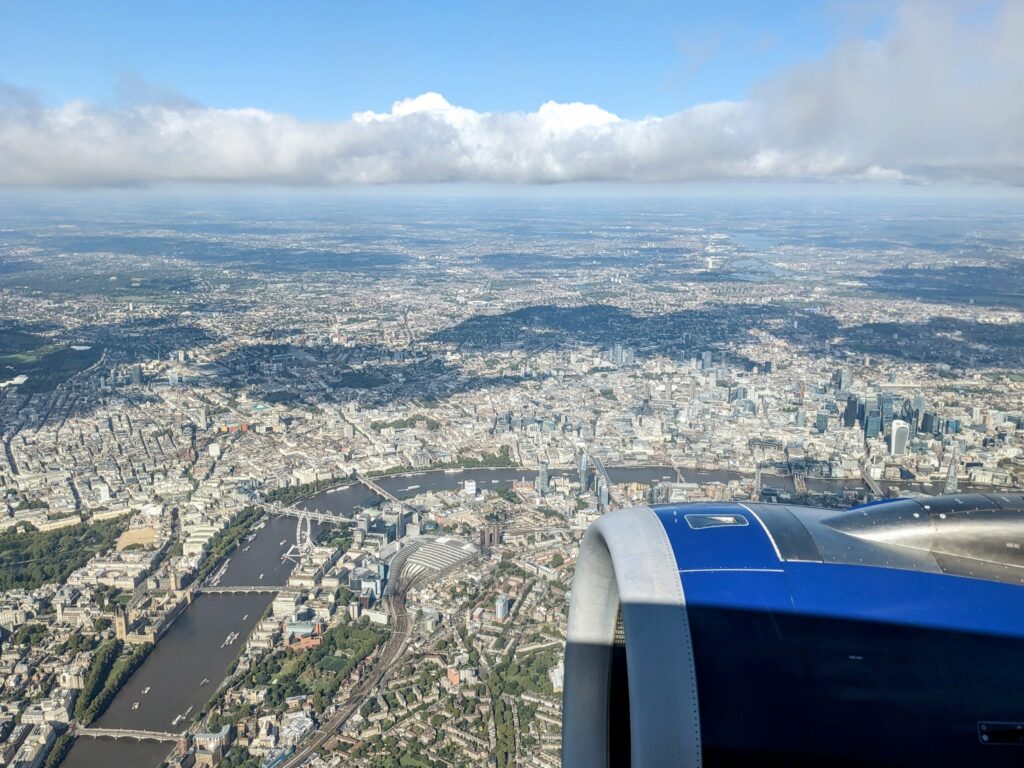
While we covered a huge distance in our petrol-fuelled hire car, our flights were still responsible for 80% of our carbon emissions. Once again, this demonstrates the importance of minimising the environmental impact of flights wherever possible, rather than agonising over ground transportation.
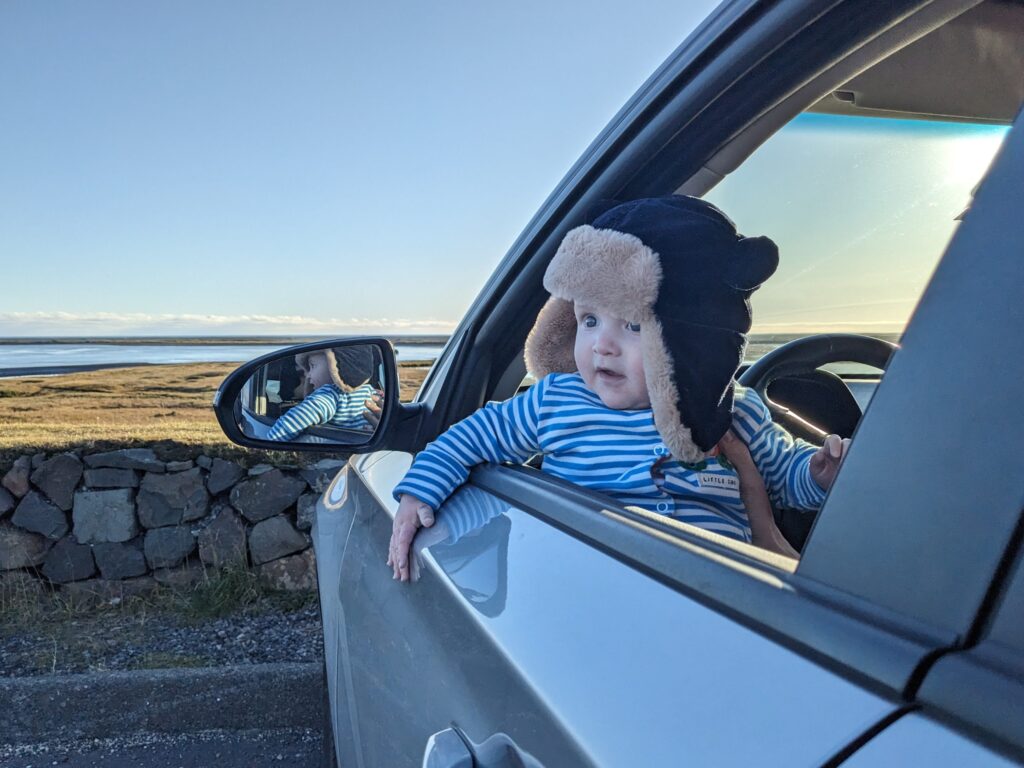
Having said that, we would have loved to complete the road trip using an electric car rather than a petrol-fuelled vehicle. This would have reduced the carbon emissions from our 2,545 km road trip to zero, given Iceland’s 100% renewable electricity mix. However, we were already spending a frustrating amount of time stationary while feeding or changing Alex, so I was apprehensive to slow us down further given the time required to recharge an electric car and also the additional planning overhead.
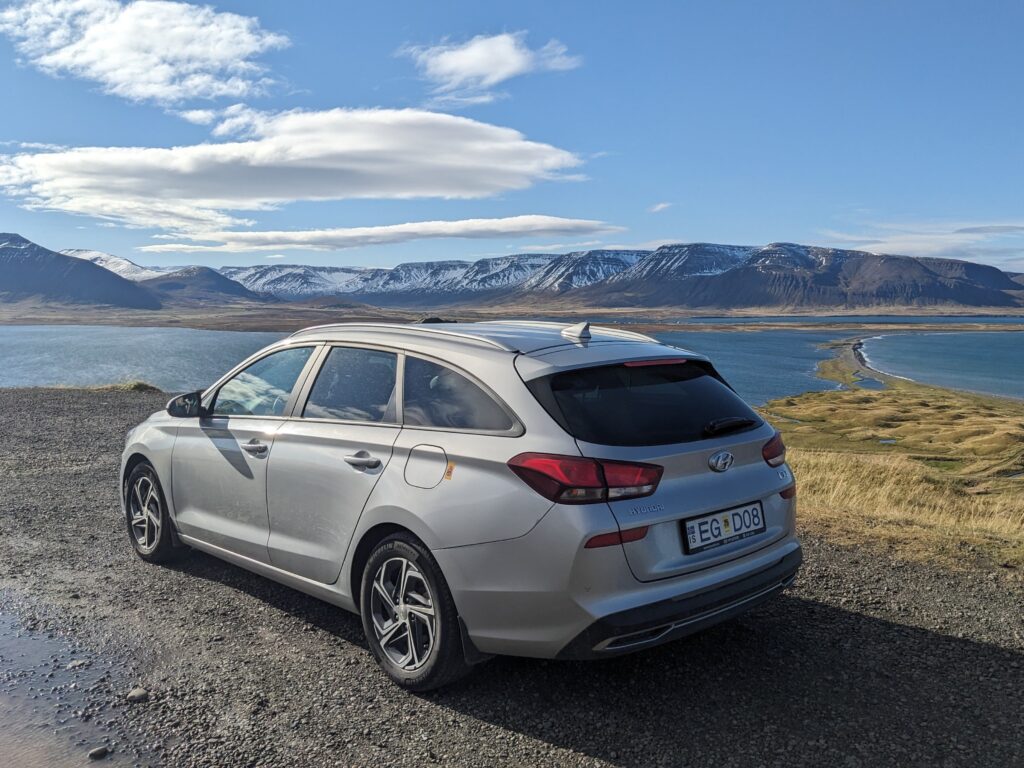
It’s also worth noting that there is actually a flight-free option to Iceland from mainland Europe: a ferry that departs northern Denmark and takes 2-3 nights to sail to Iceland via the Faroe Islands. Once again, we’d have loved to do this, but with the whole journey taking a minimum of four nights and many train, bus and ferry connections, we decided it was a little too ambitious for our first trip with Alex. Next time!
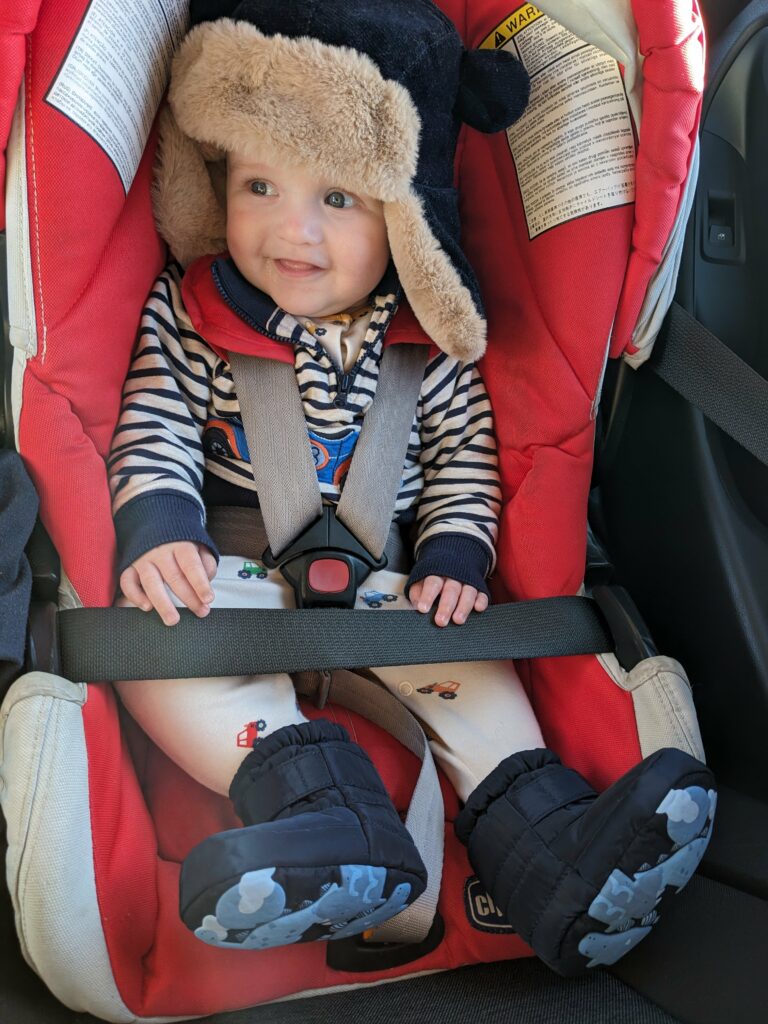
Cost 💰
Given Iceland’s location in the middle of the North Atlantic Ocean, it’s no surprise that it is an expensive place to go on holiday. On top of this, Iceland receives more than twice its population in tourists in each year. We were surprised that demand for accommodation outstrips supply even in shoulder season in some regions, keeping prices high for most of the year. We found that even basic accommodation started at ~£150 per night, which explains why camper vans are a popular mode of transport and accommodation in Iceland.
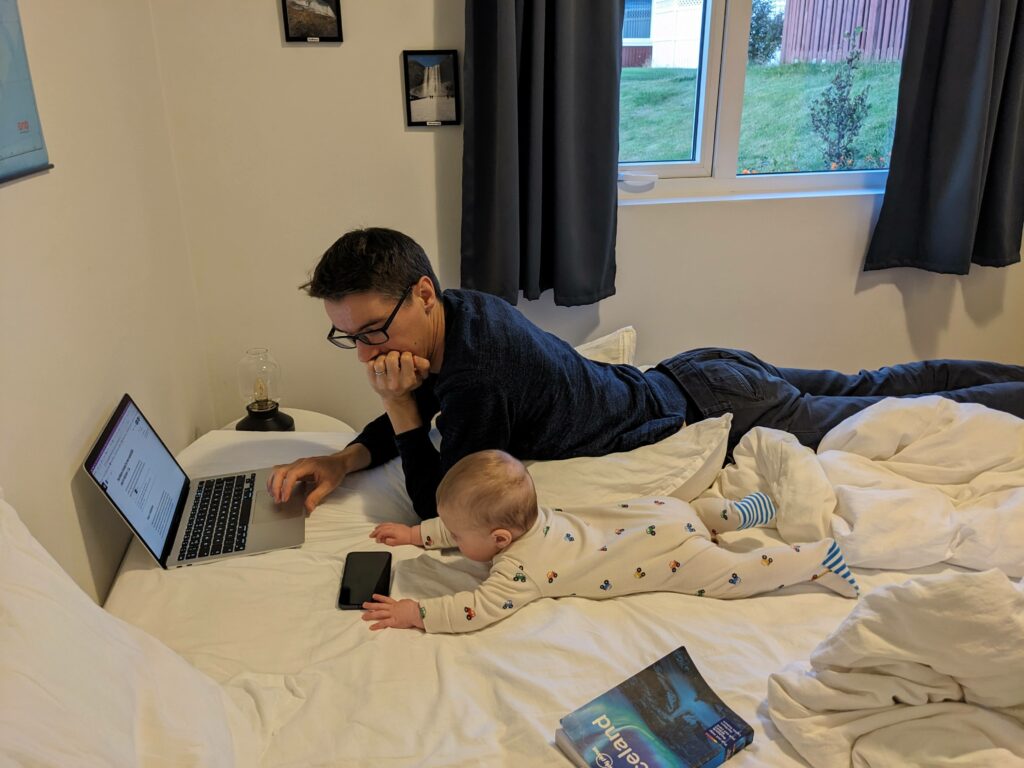
The one saving grace was that paying these eye-watering costs was incredibly straightforward – Iceland is the first country we’ve visited without ever touching cash (we paid for everything on card). Knowing this ahead of time, we didn’t withdraw any cash at the beginning of our trip, which was definitely the right decision but still felt strange at the time.
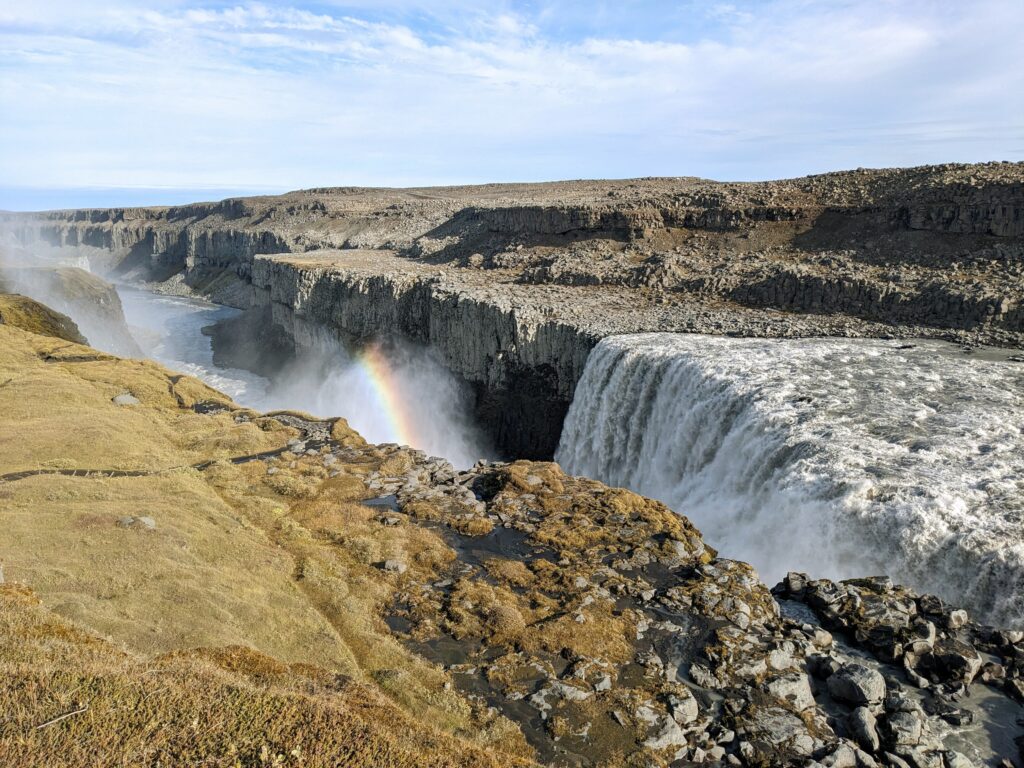
Now, while I don’t mind paying an entrance free for attractions, I will admit to having an irrational dislike for parking charges. This made the going rate of 1,000 ISK (~£5.61) to park at an attraction (even for less than an hour) a little hard to swallow, especially when the site was completely unmanned and without any facilities. Still, I’m sure these parking charges went towards responsible tourism management, so I’ve just about made my peace with them.
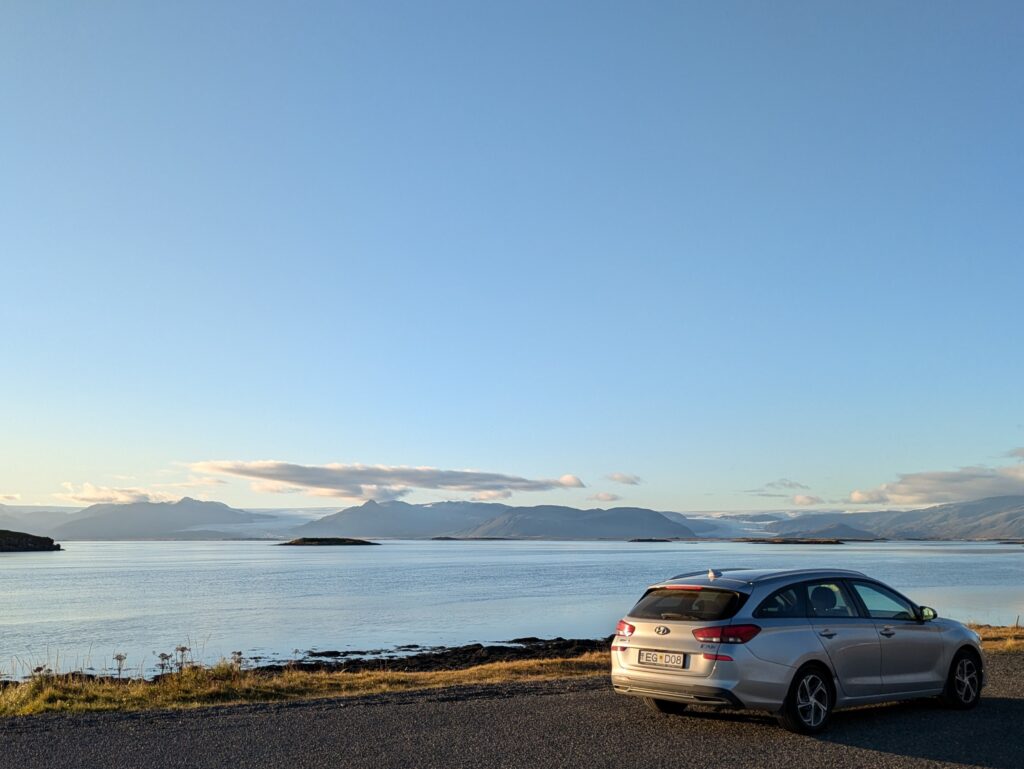
We found food costs were less scary than anticipated. Admittedly, this was probably helped by a combination of comparing costs to those in central London, and the fact that we cooked for ourselves most evenings so that we could keep Alex’s normal bedtime routine. But the going rate for hot dogs was around 700 ISK (~£3.95), so even with a portion size of two (!), this was still a reasonably-priced meal. A cinnamon roll at the iconic Brauð & Co was 770 ISK (~£4.35), which didn’t feel outrageous. We would have easily spent a lot more on food if we’d had sit-down meals at more traditional restaurants, though.
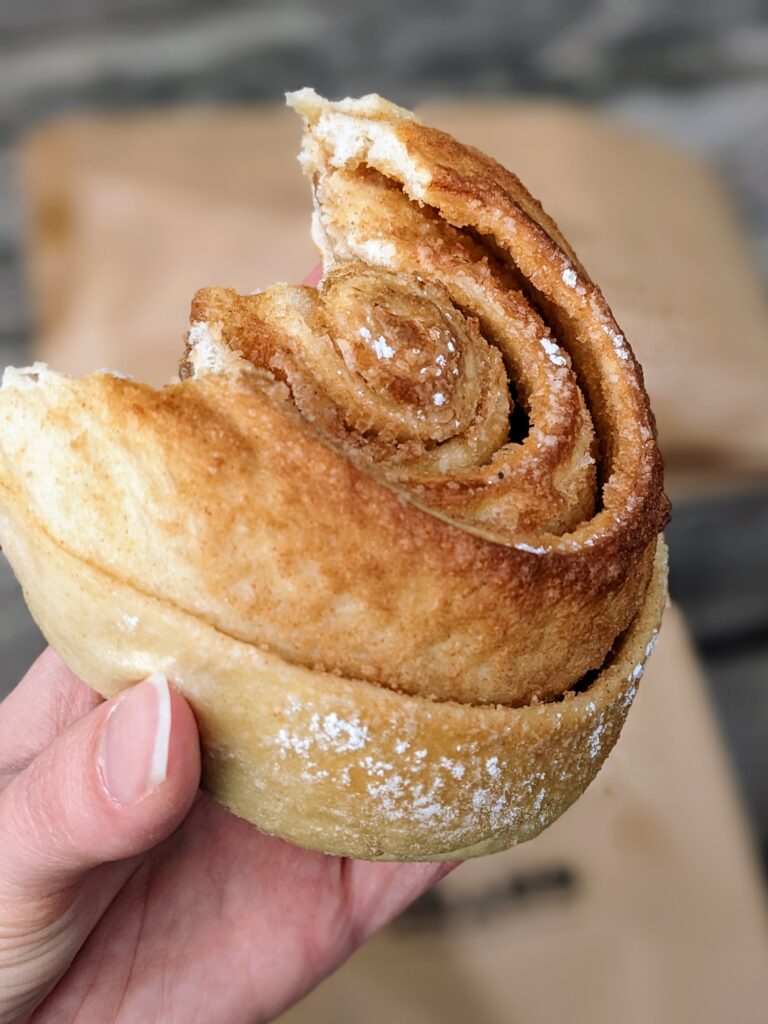
Cats (of Reykjavík)
We’d read that Reykjavík had plenty of stray cats, and while we spent a good amount of time cat spotting in Iceland’s capital, not a single one looked like a stray. They were all collared and perfectly groomed, and strolled around the town (and its shops) like they owned the place.
On average we spotted 1.85 cats per day, which would put Iceland slap bang in the middle of the 27 countries we visited on our round-the-world trip. The vast majority of these cats were spotted Reykjavík though, a well-known cat hotspot.
Other ⚡️🚰
On our way back to Reykjavík we took a detour through the mountains via route 435. As we approached the summit, we met a pipeline, which we then followed all the way to the capital city. It turns out that this pipeline can carry 1,000 litres of hot water per second from the Nesjavellir Geothermal Power Station down the mountain, and supplies roughly half of the capital region’s hot water and heating demand. This explained why the hot water we used to shower had a slight sulphur smell!
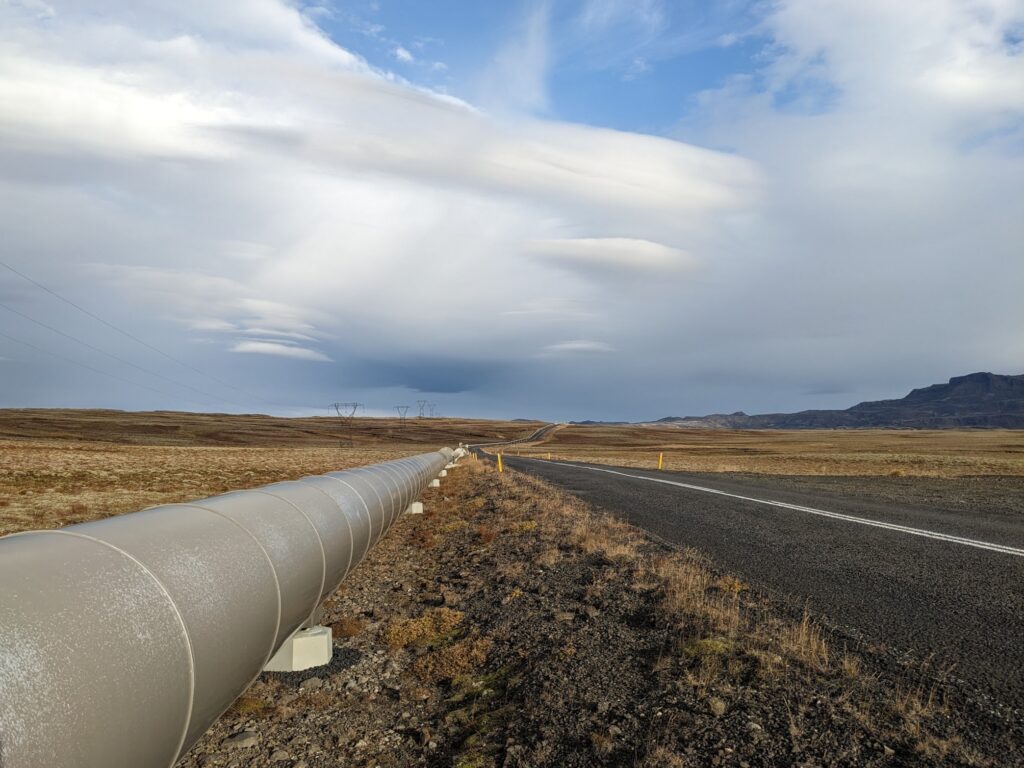
With tourism being such big business, it shouldn’t have been a surprise that literally every Icelander that we met spoke perfect English. This came as quite the relief as the Icelandic language has a pretty steep learning curve, in case you haven’t already gathered this from the names of its towns.
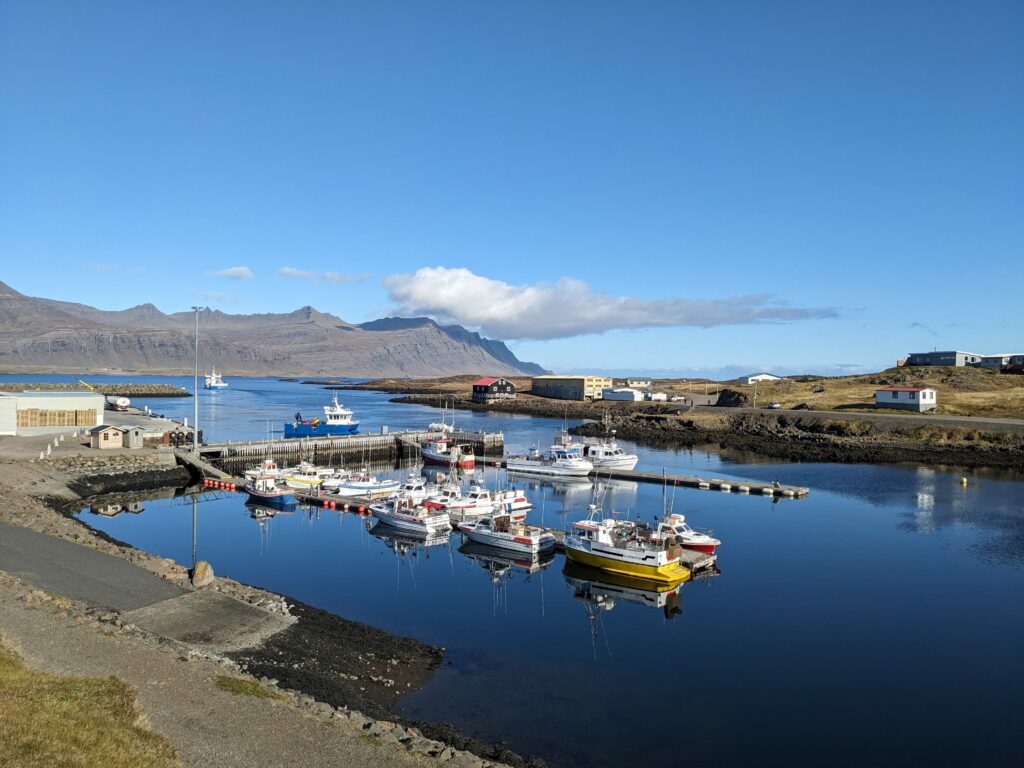
If you’ve got this far and still need further convincing to add Iceland to your bucket list, it turns out that Justin Bieber did a similar road trip back in 2016. While the music might not be to everyone’s taste, he actually does a pretty good job of showing off Iceland’s natural beauty, to the extent that I could totally believe that this video was part-sponsored by Iceland’s tourism board. Enjoy!
